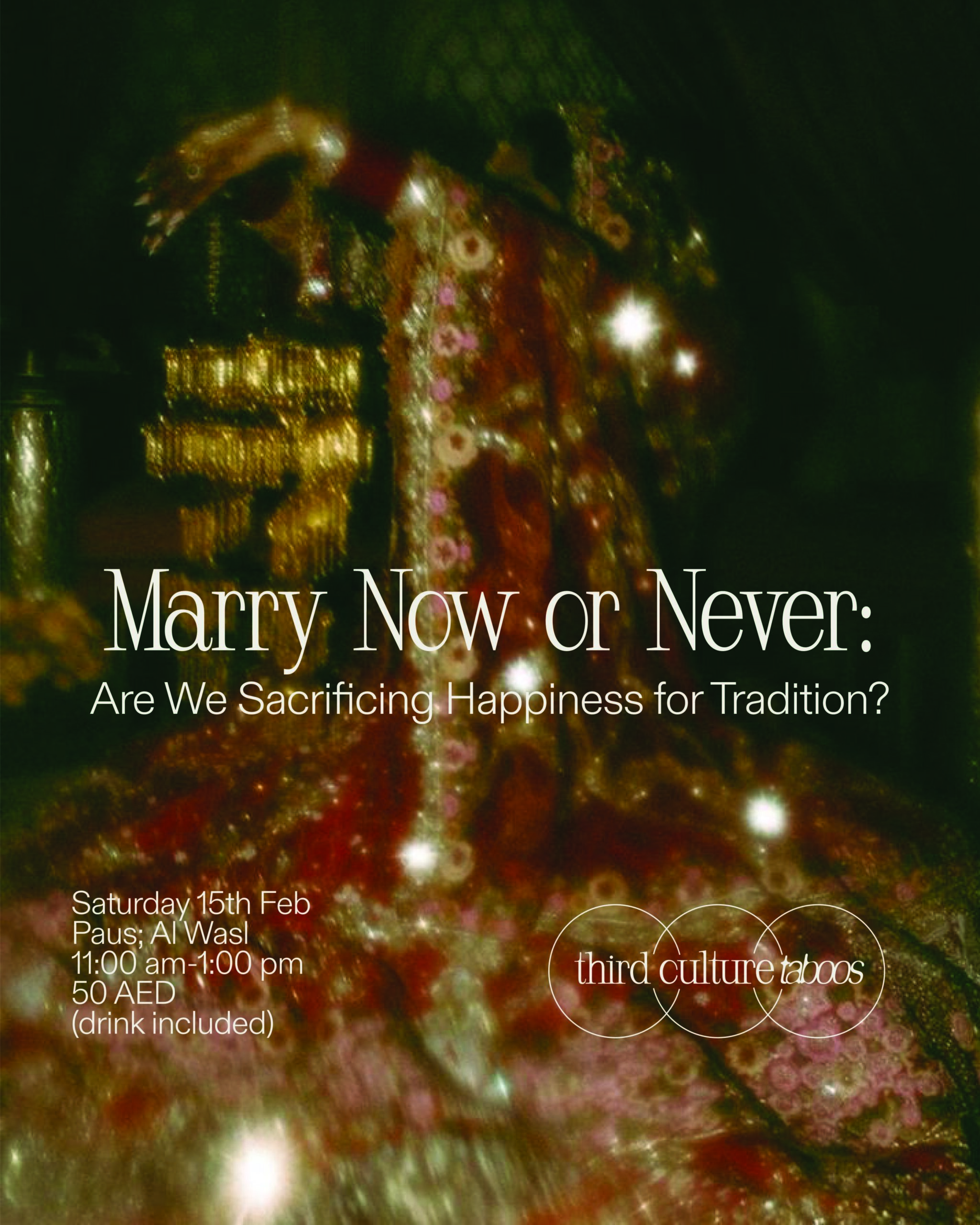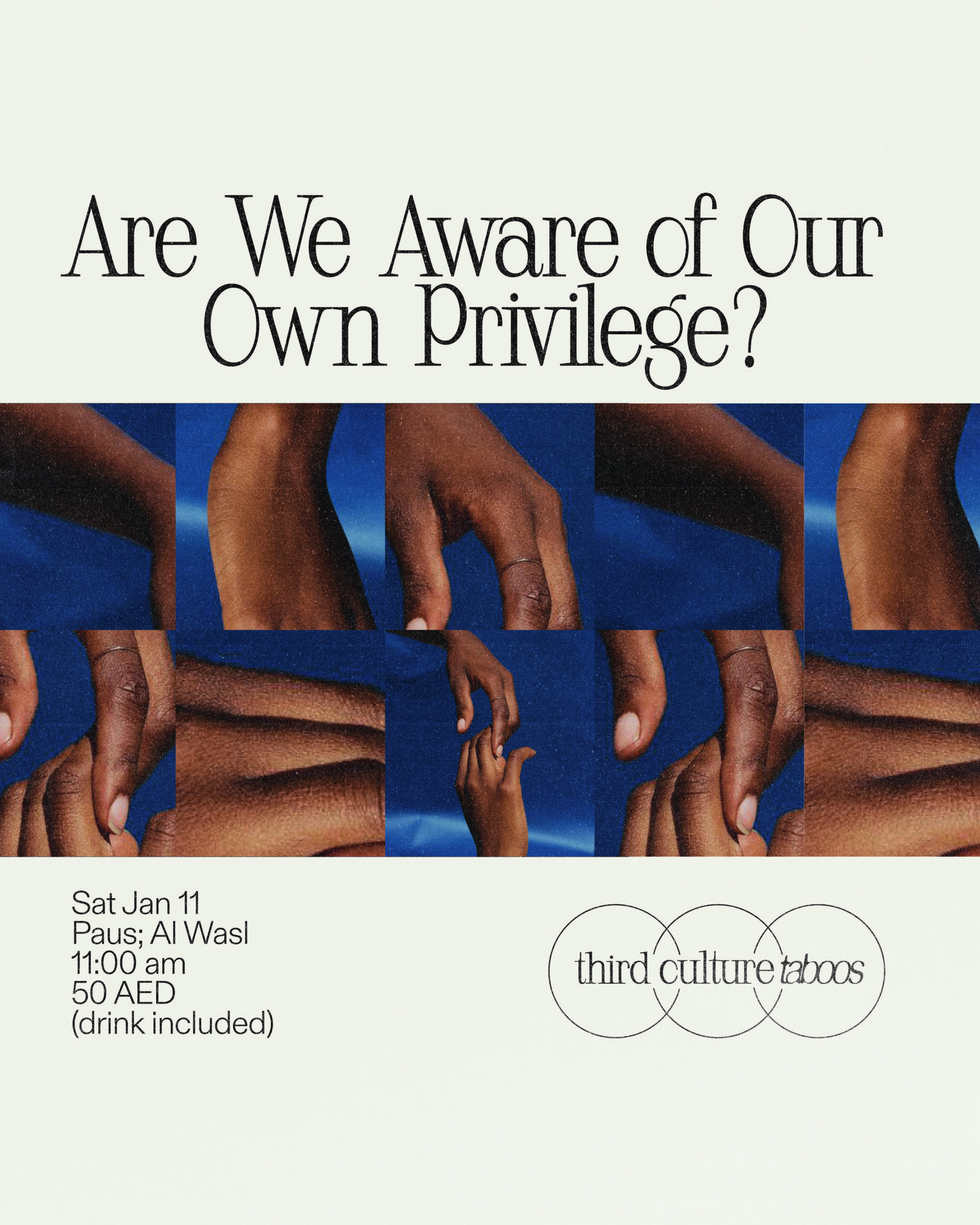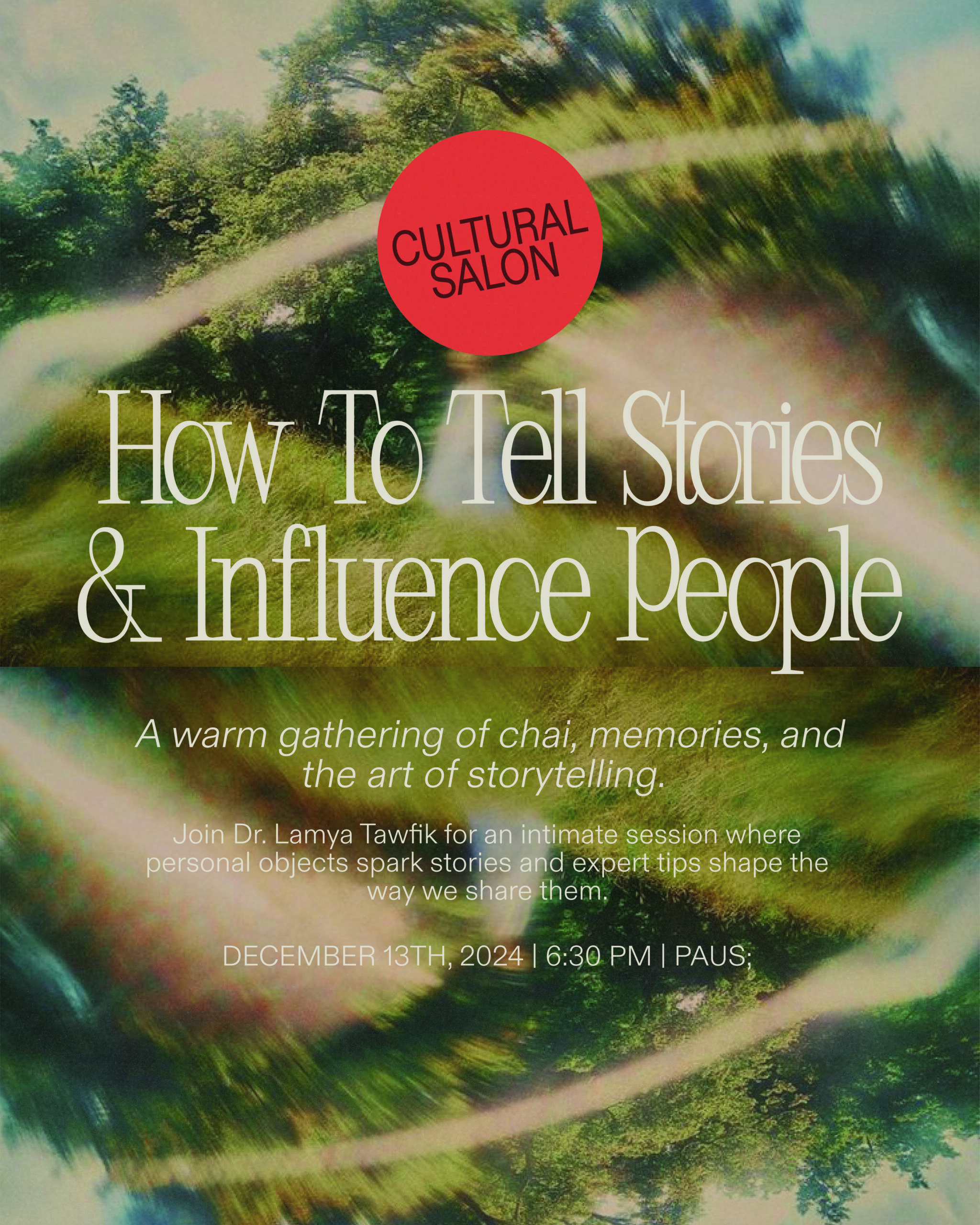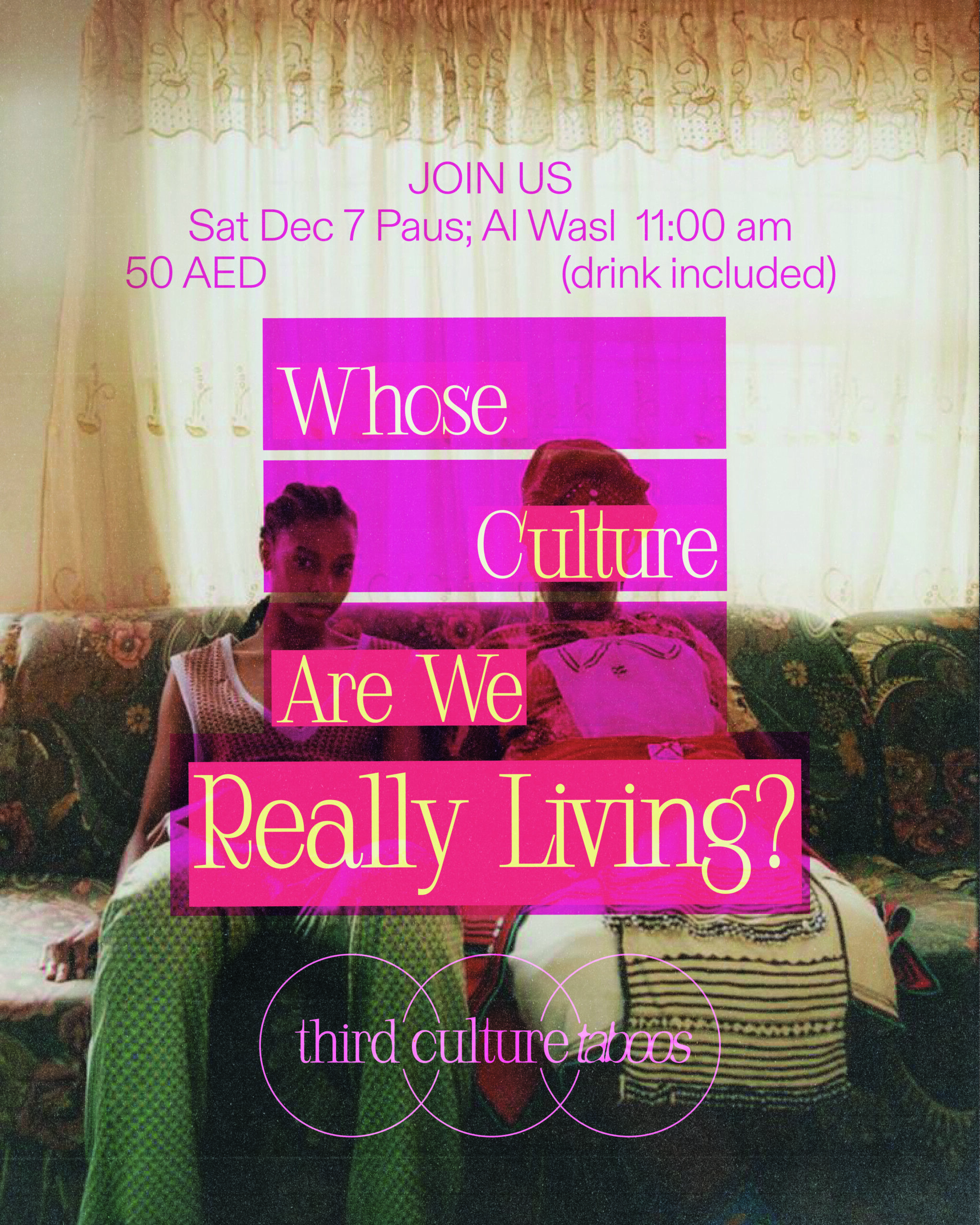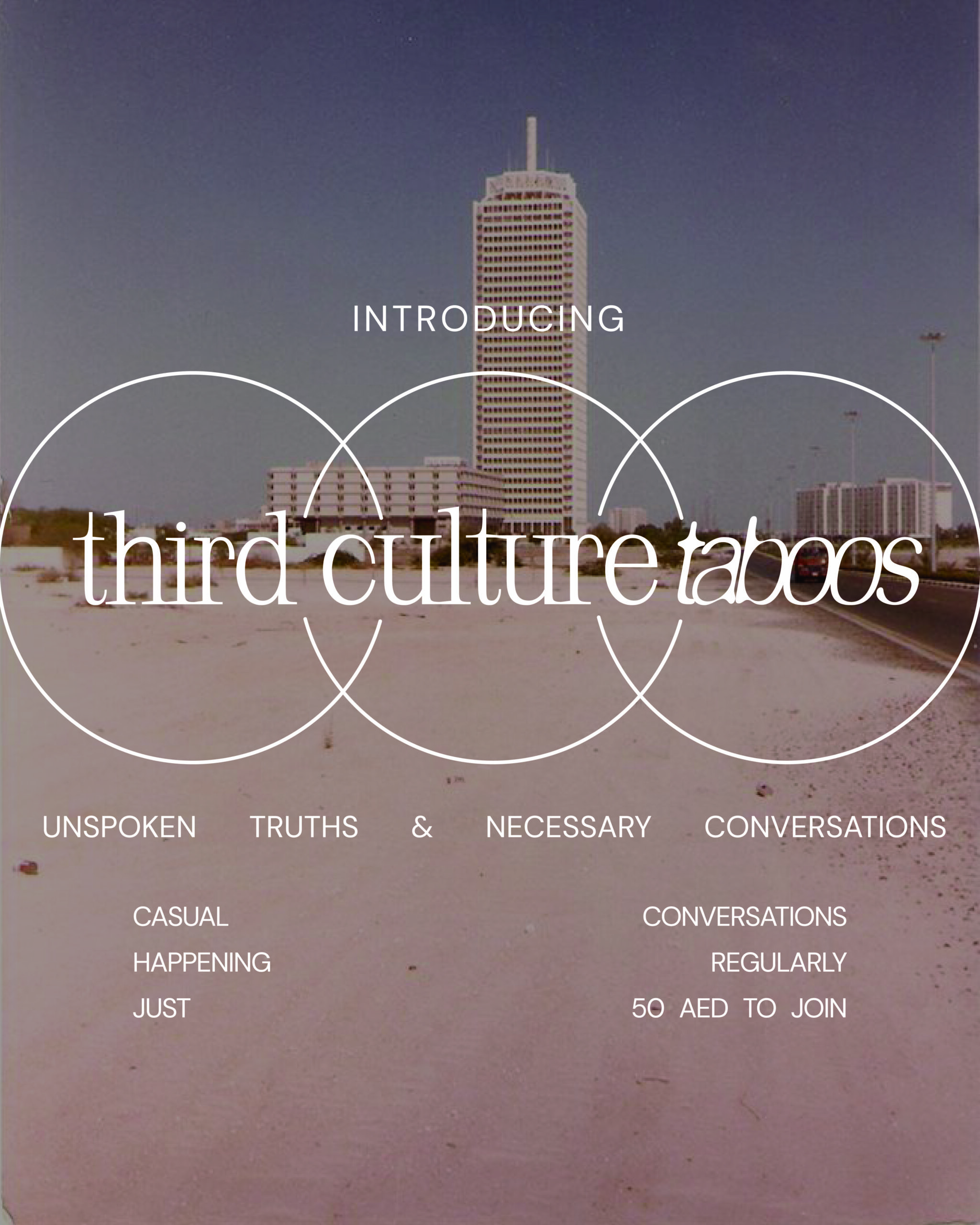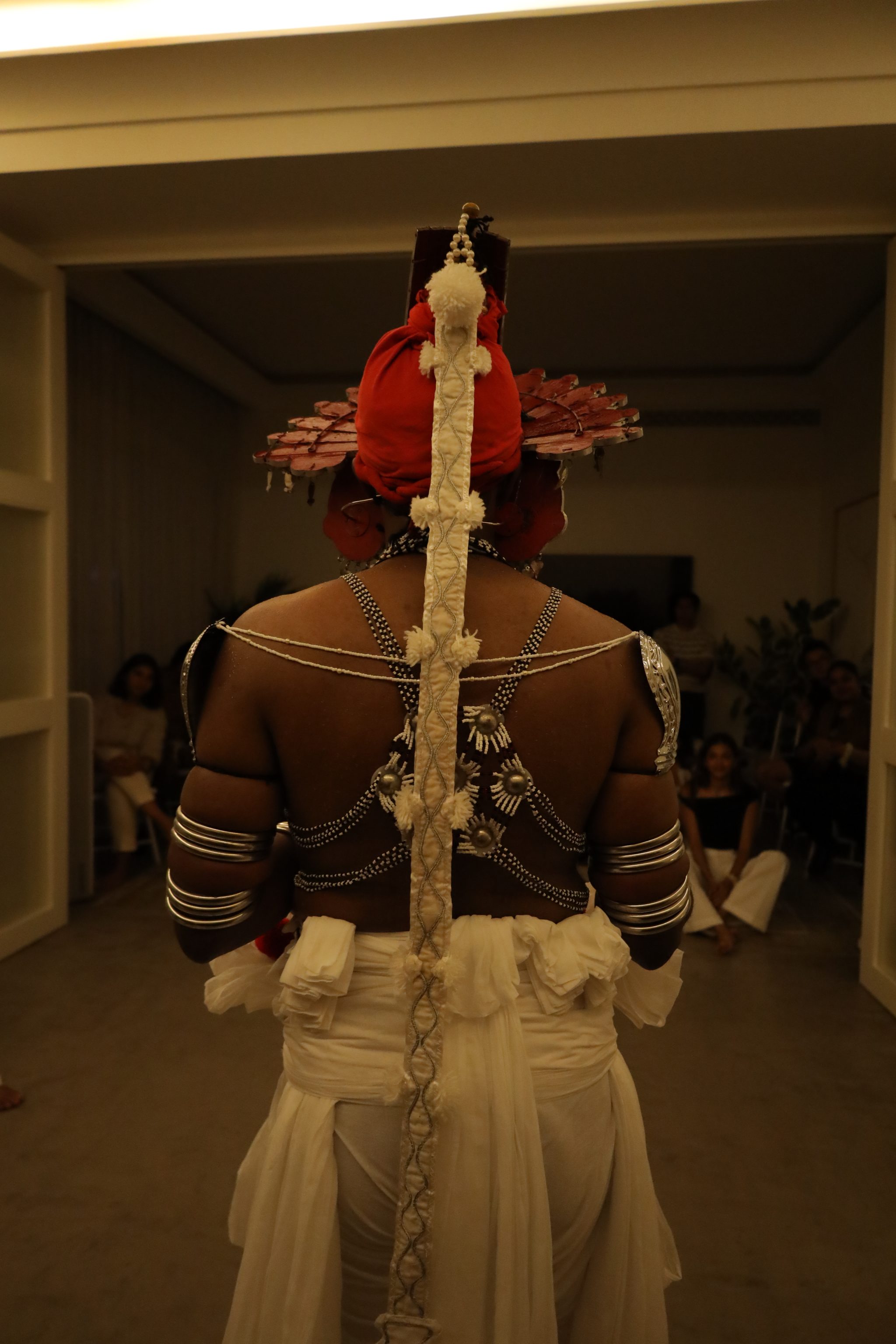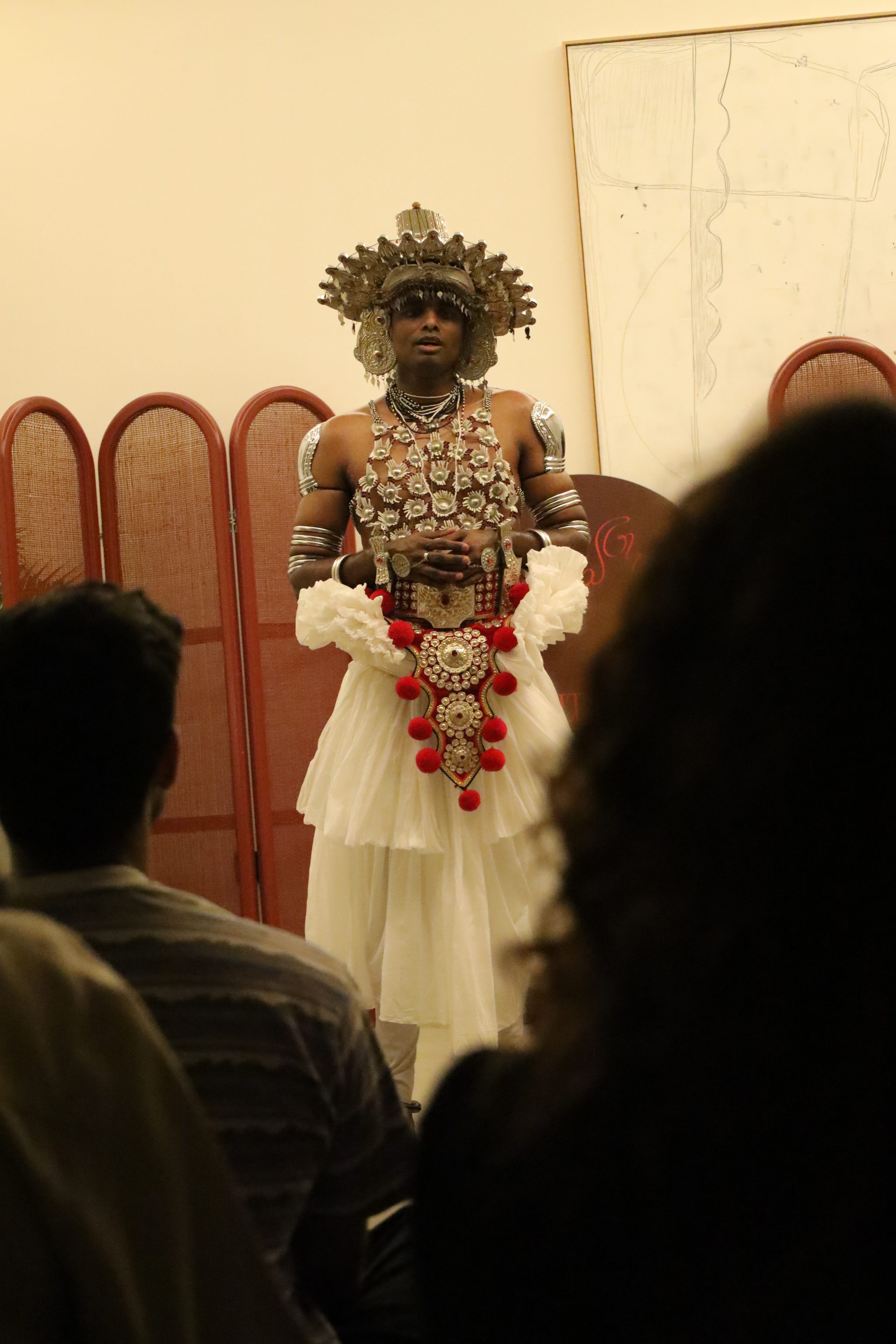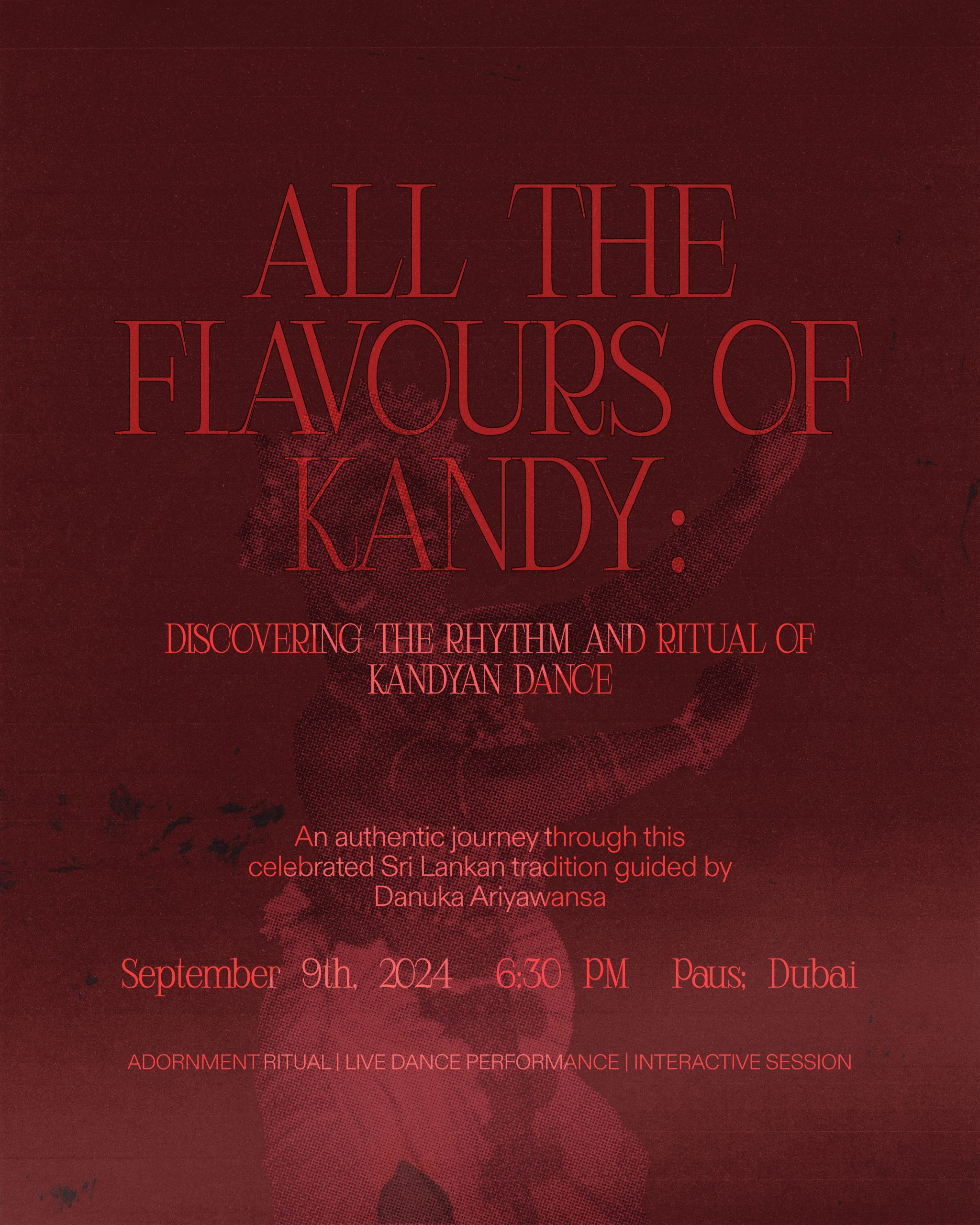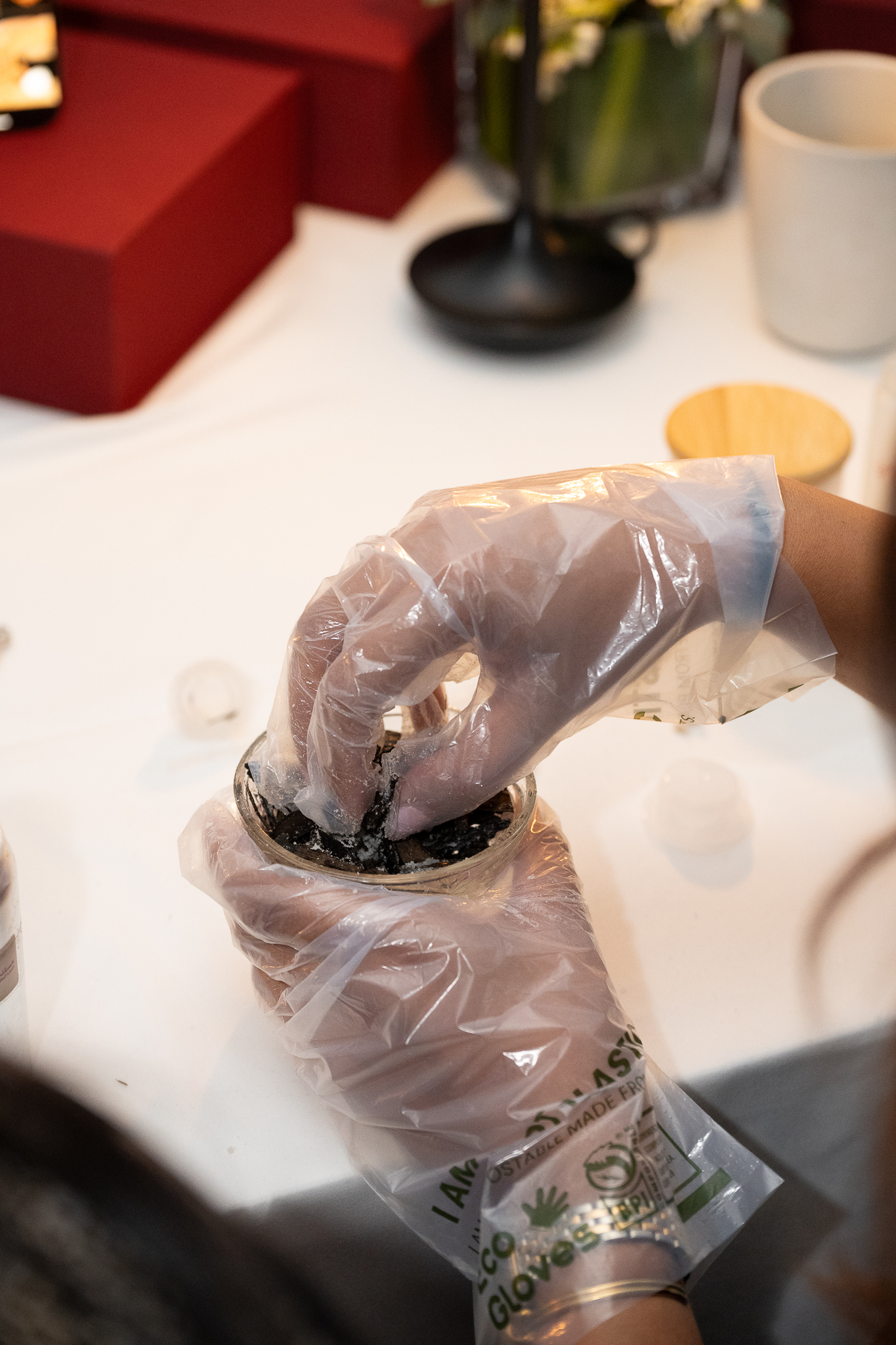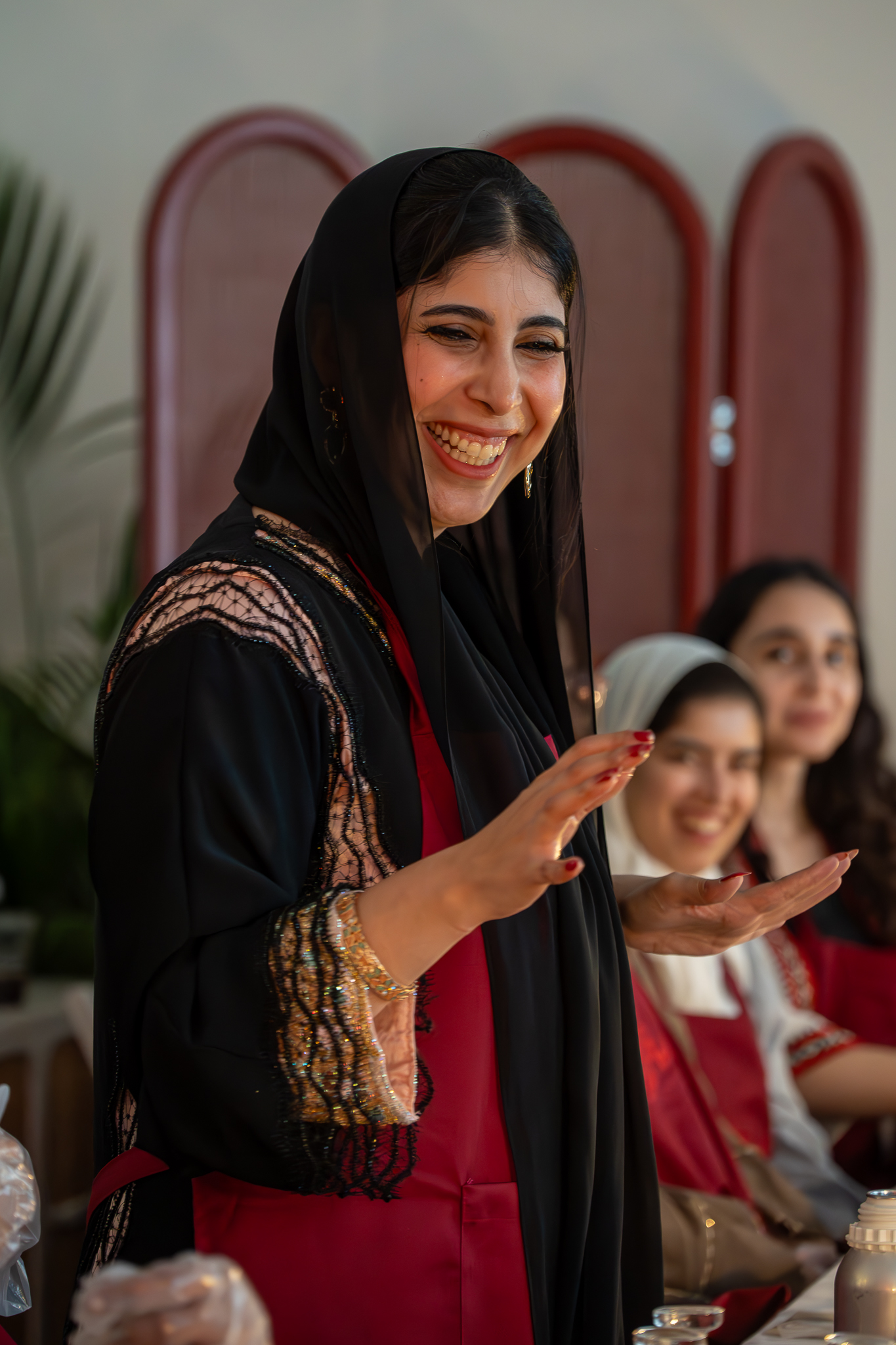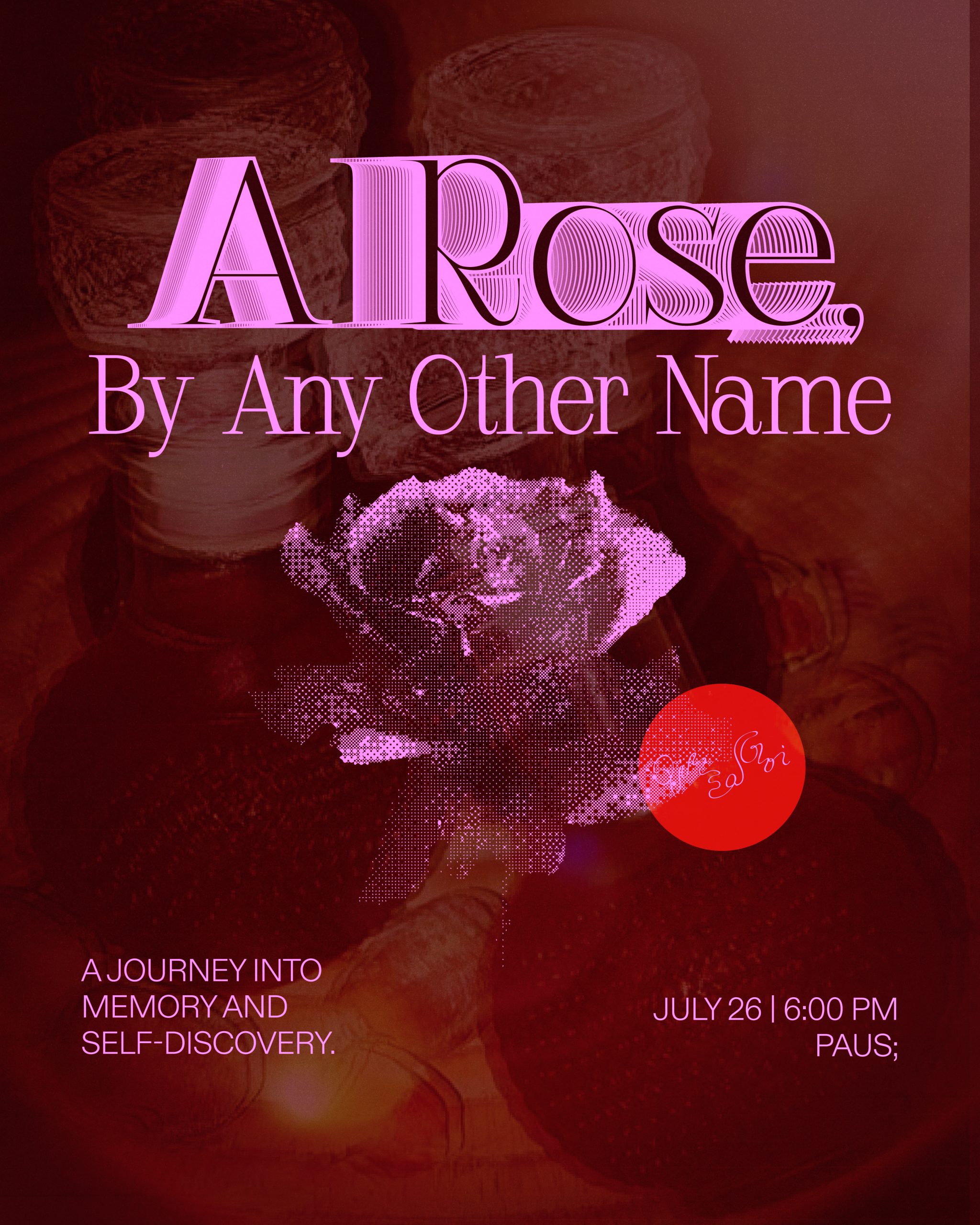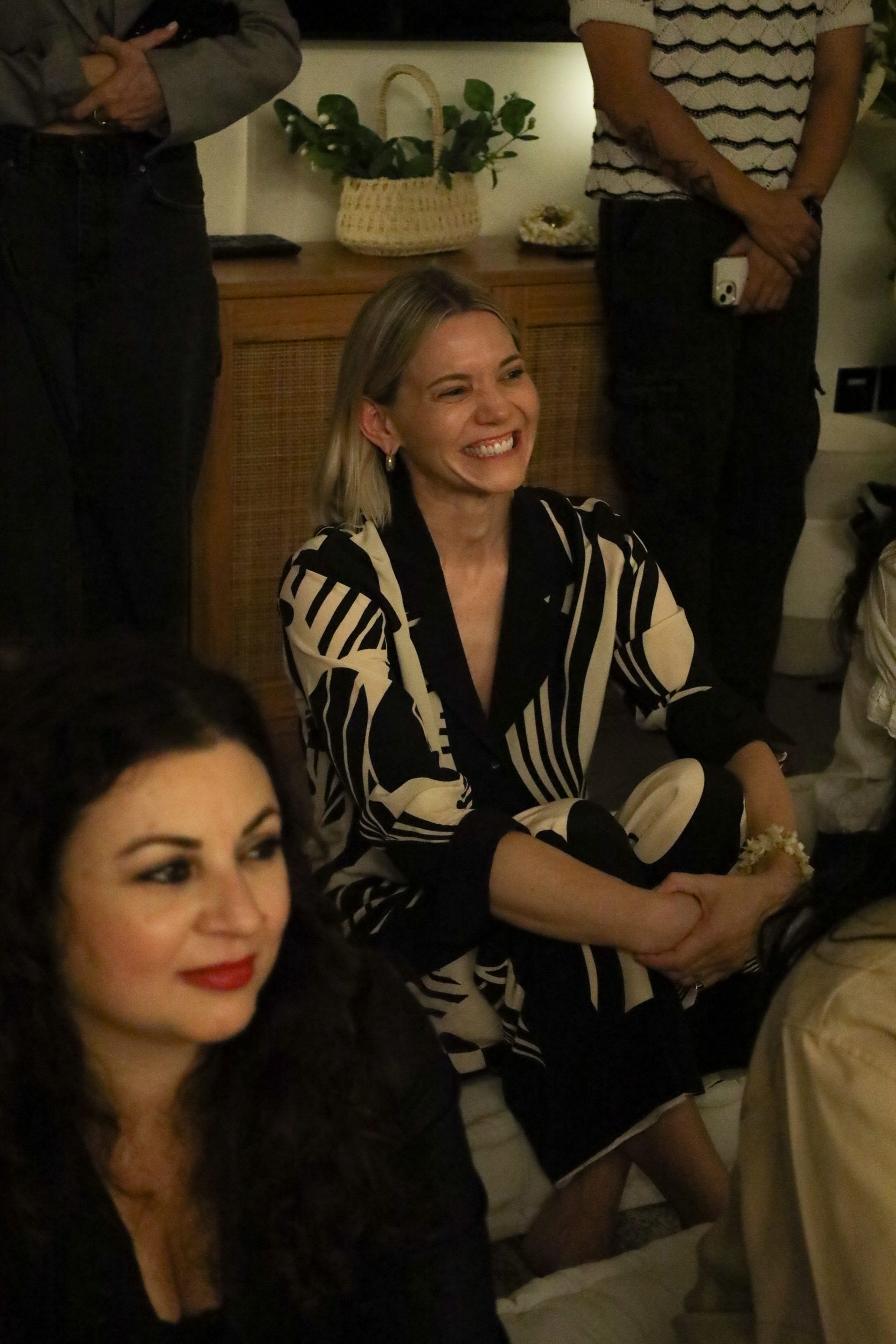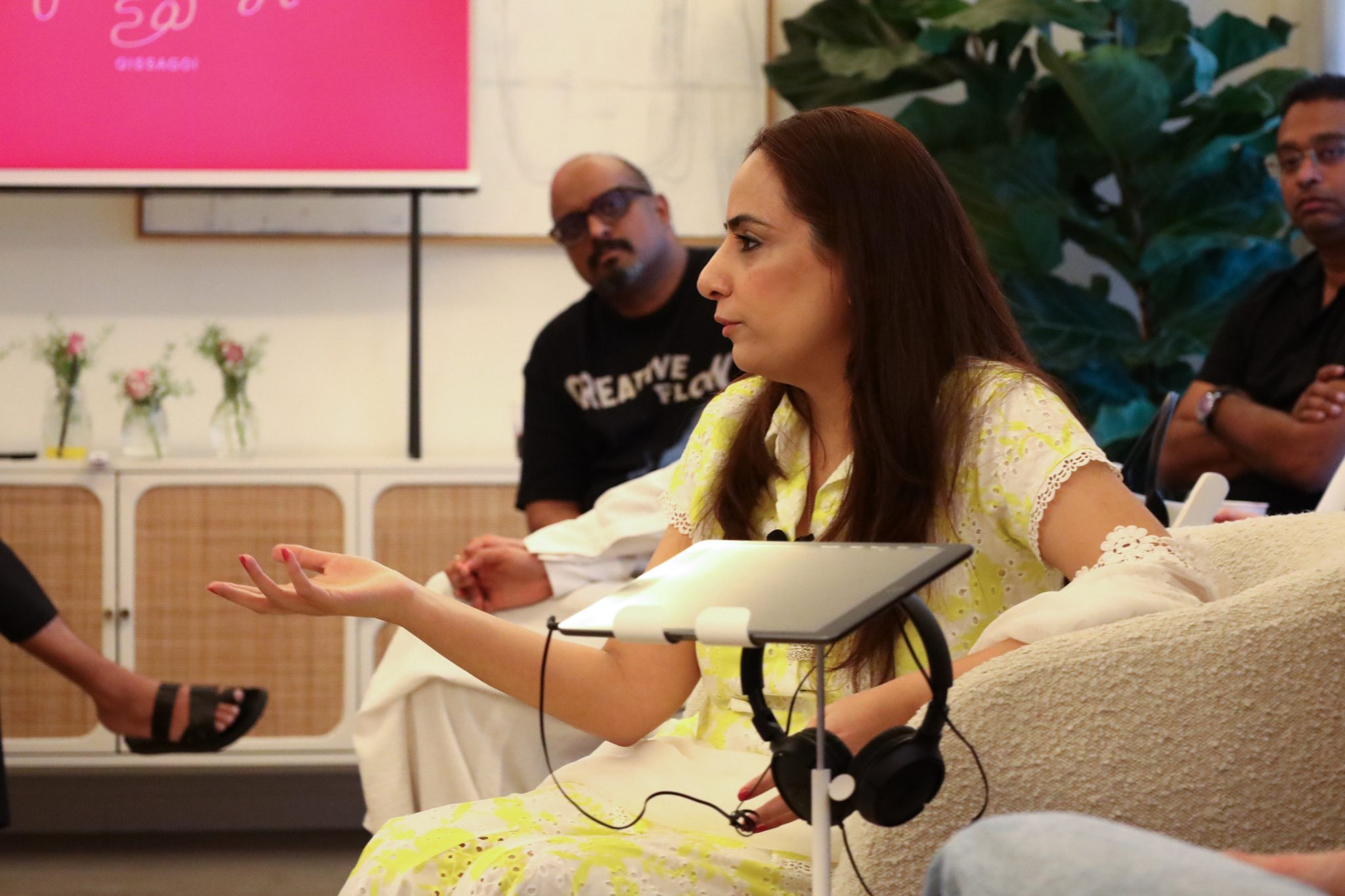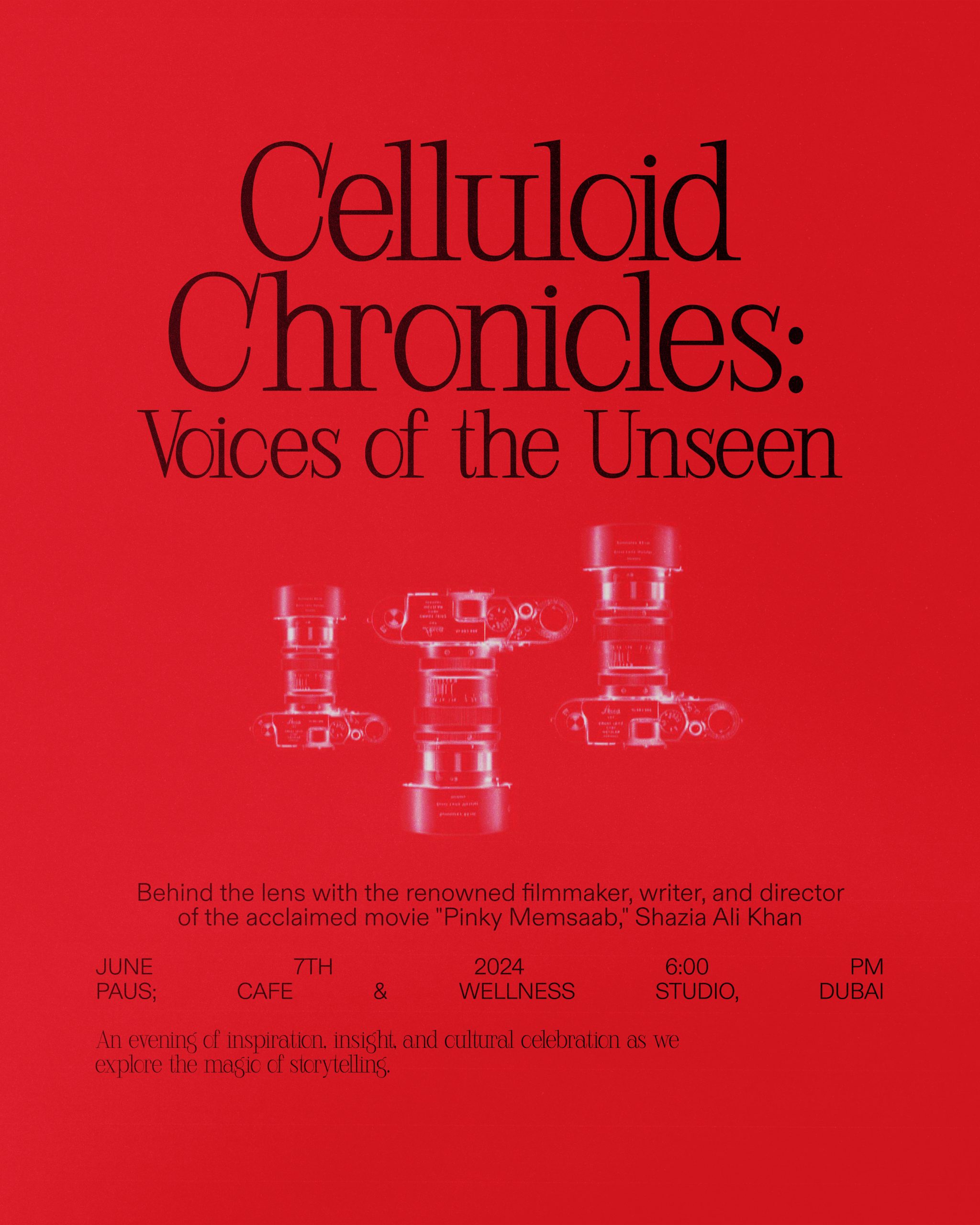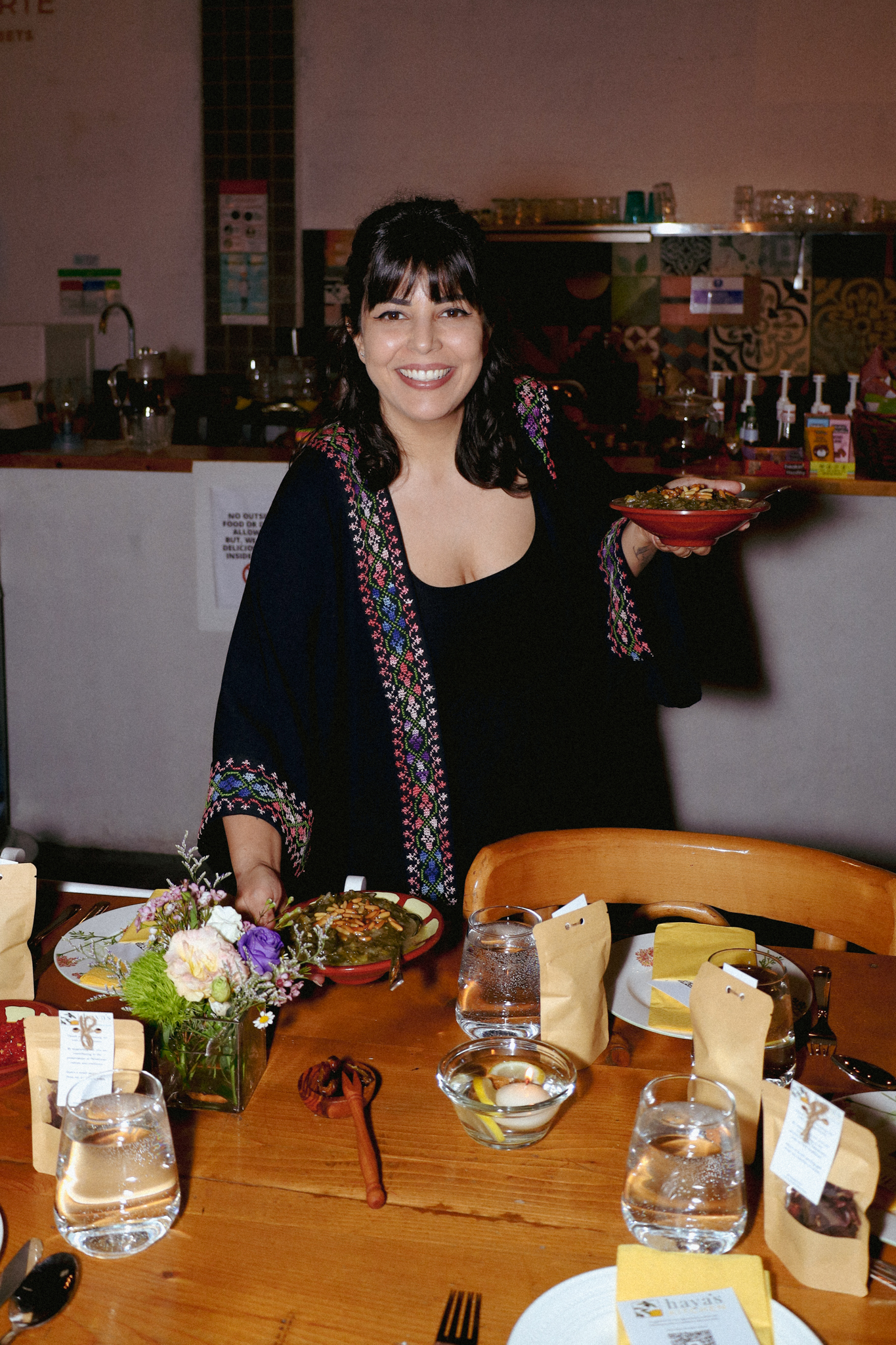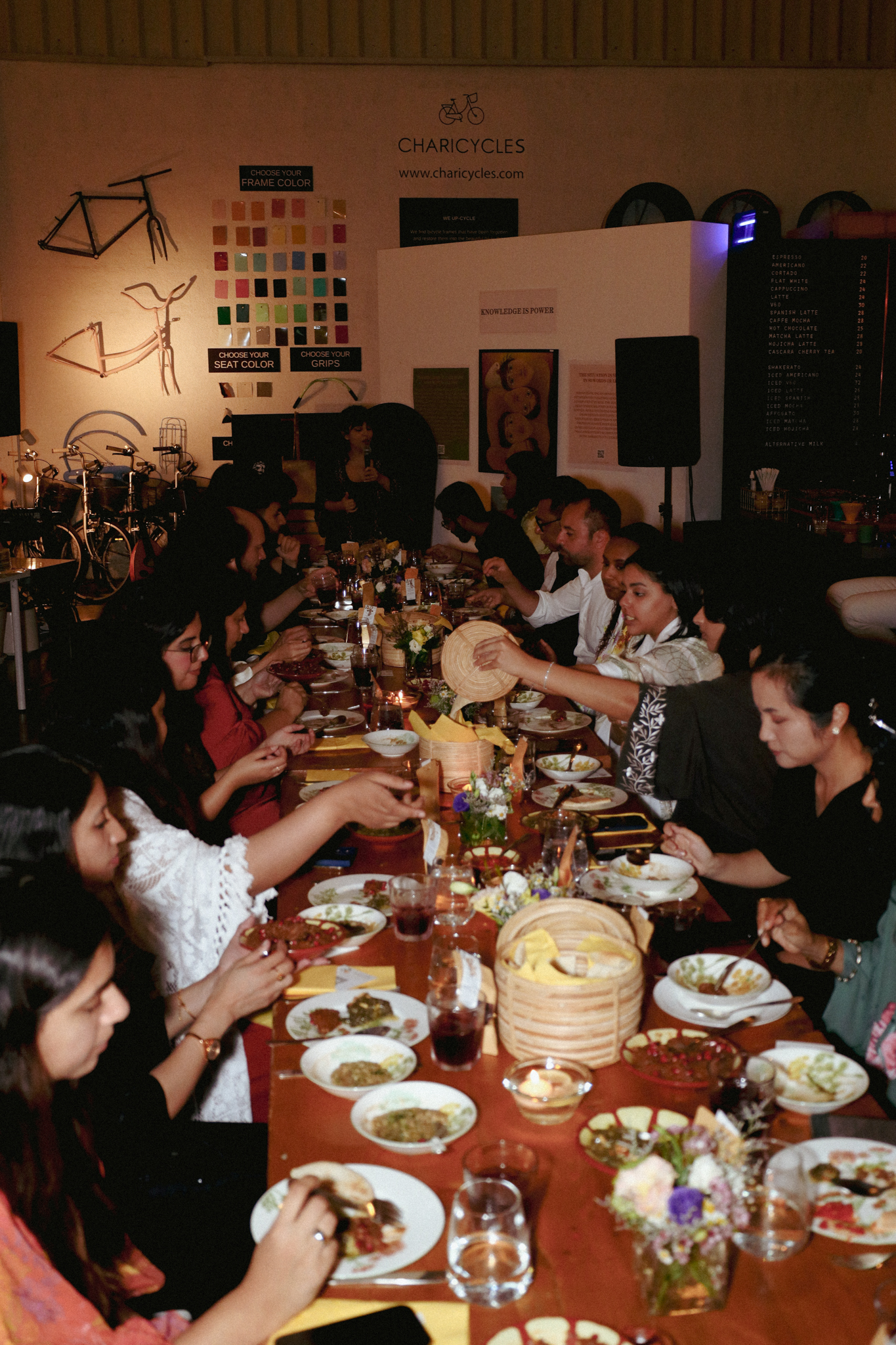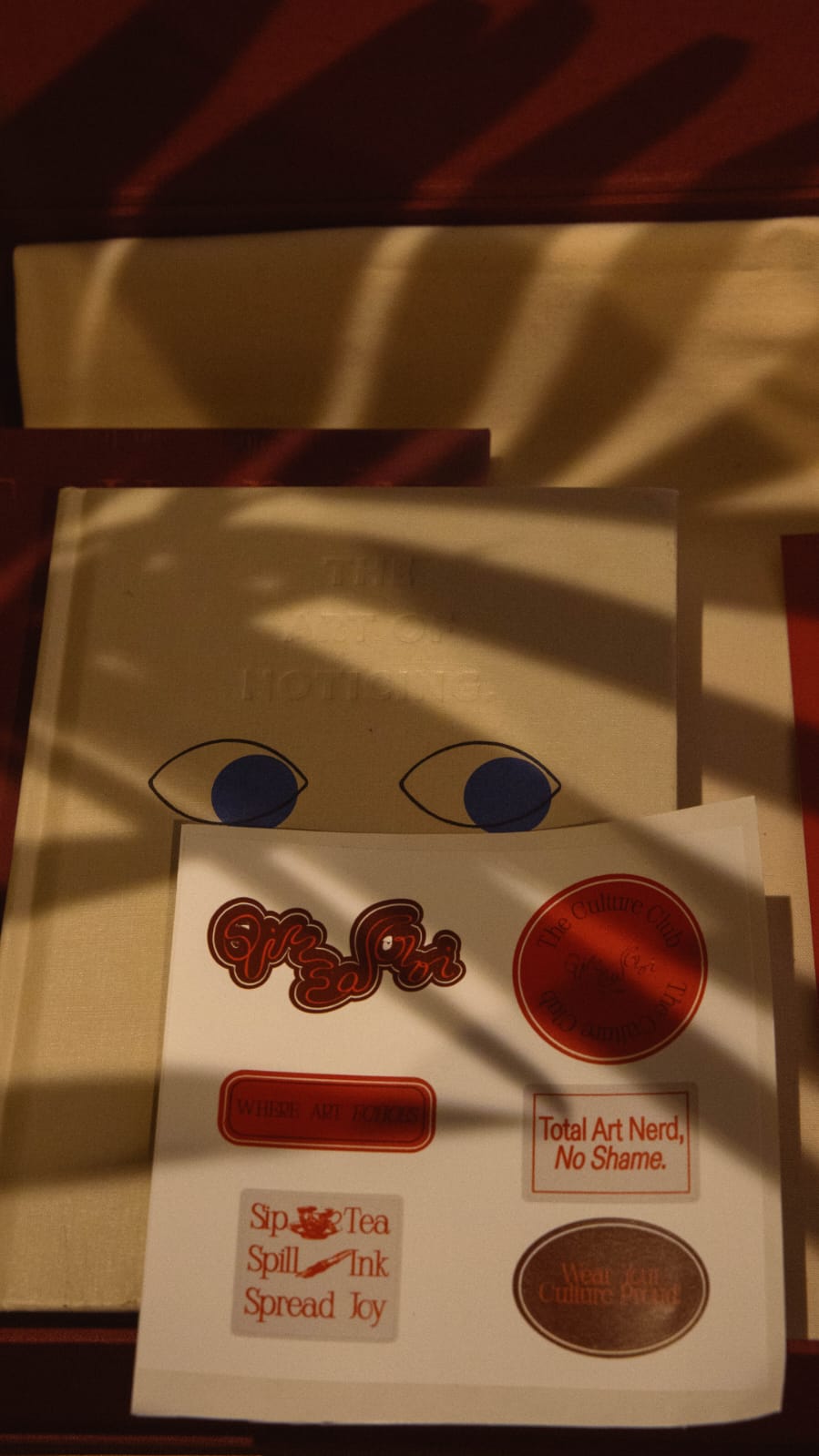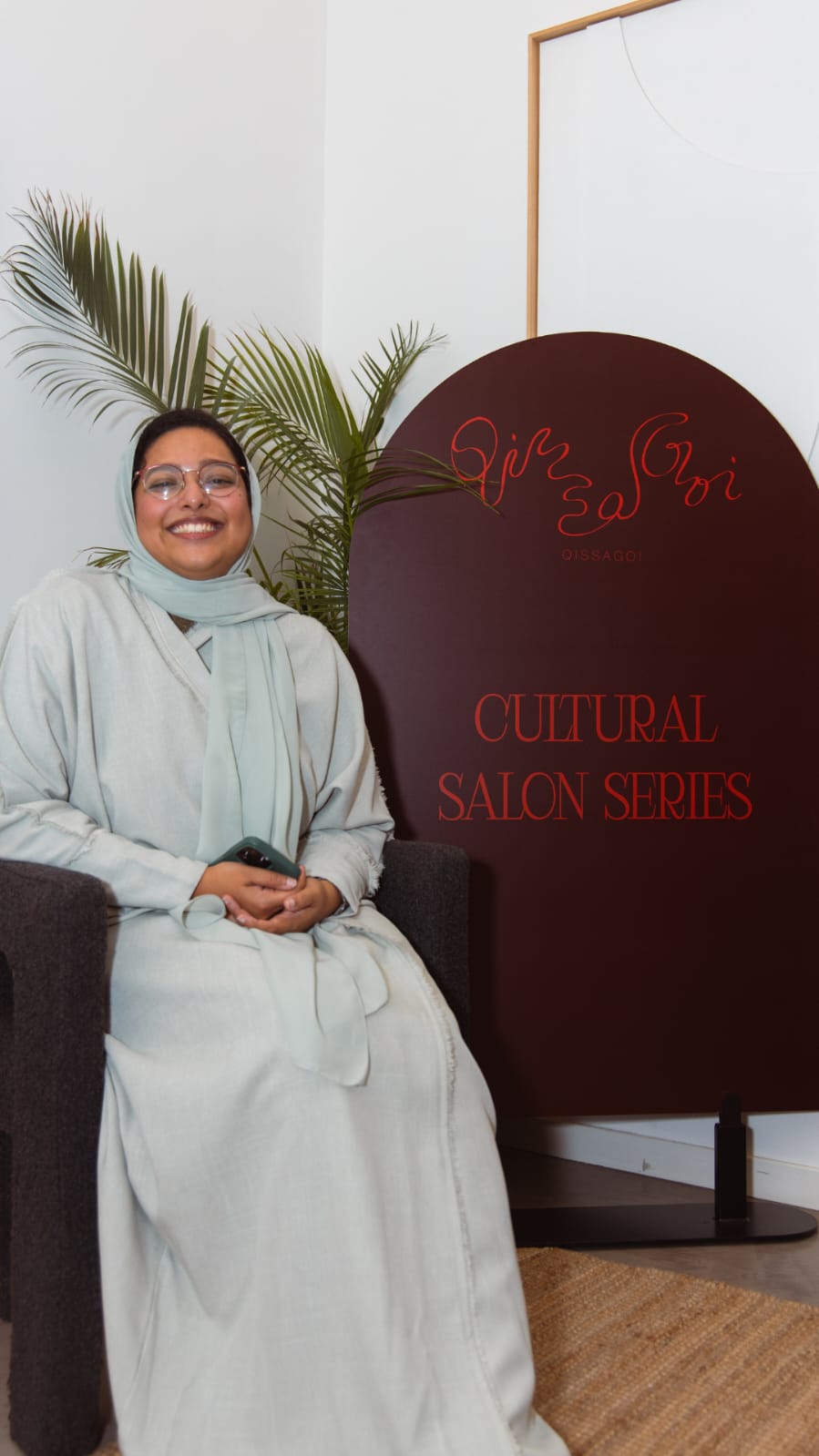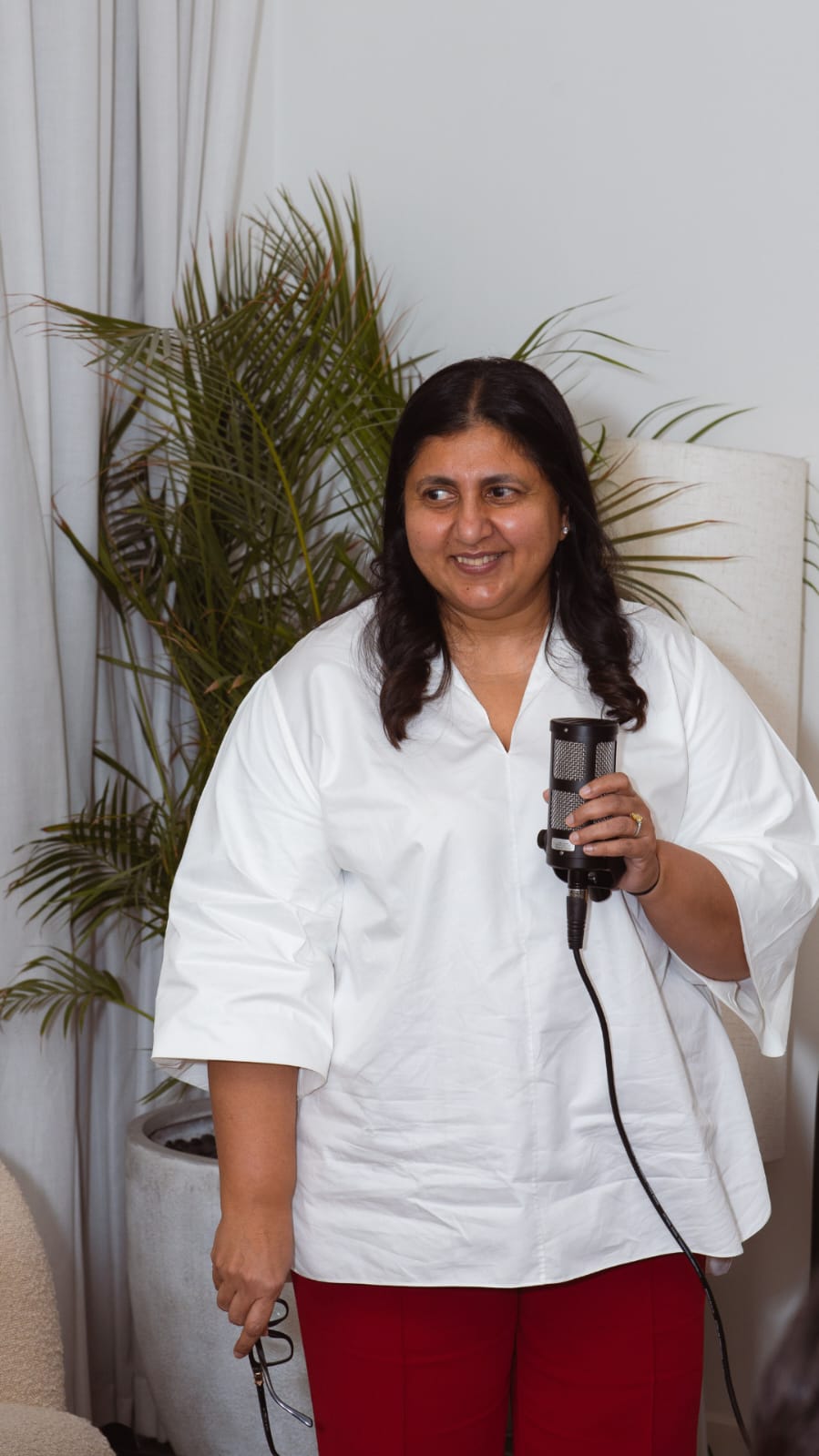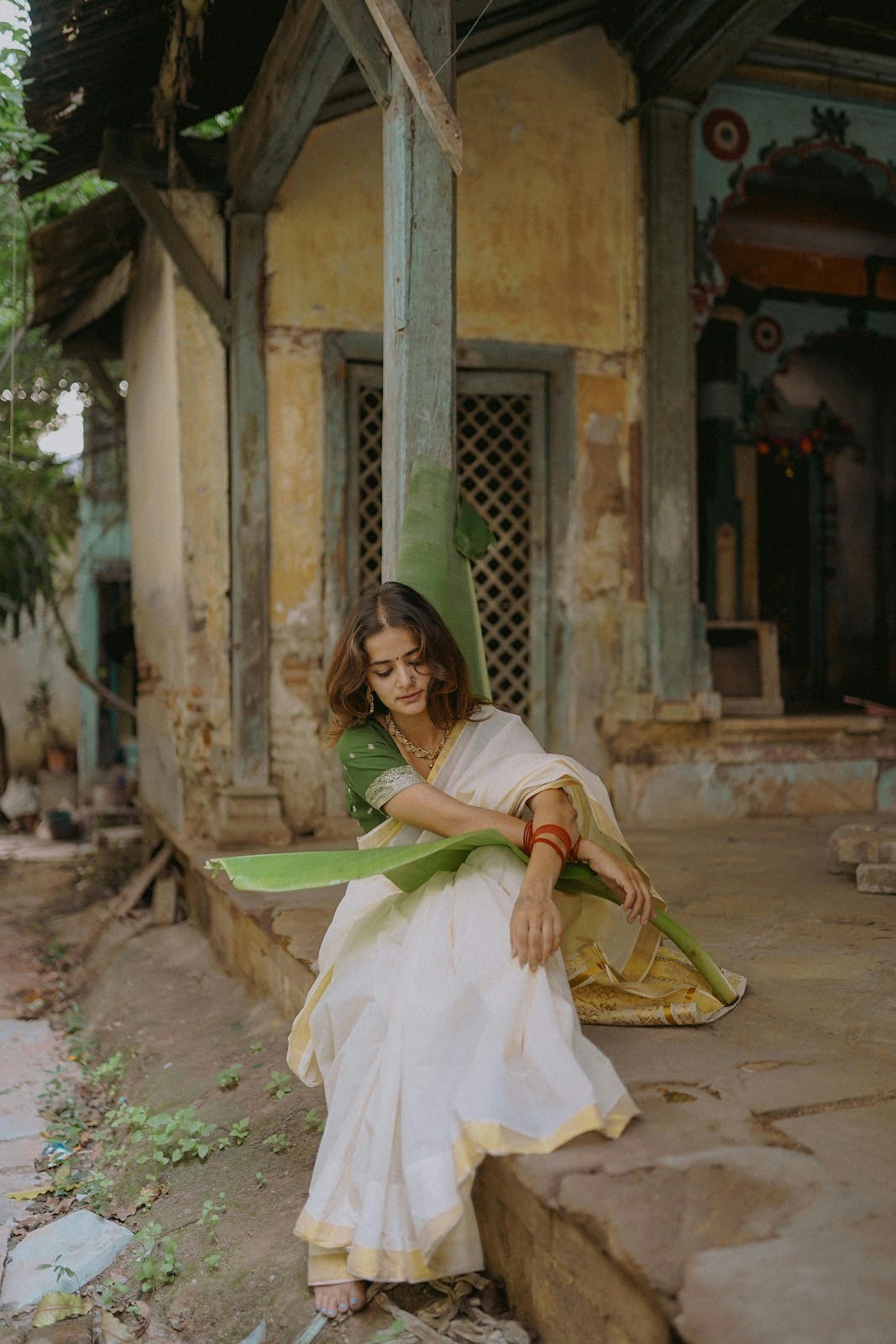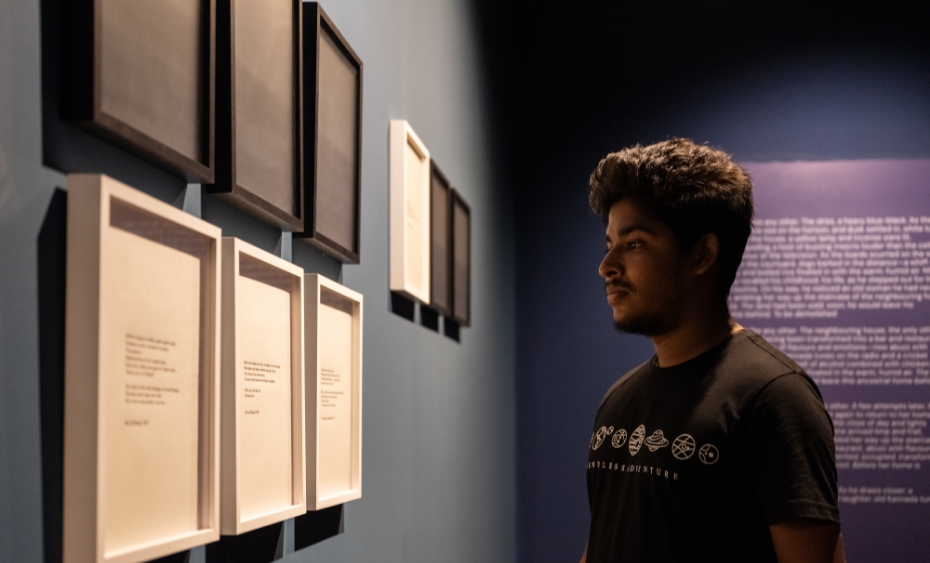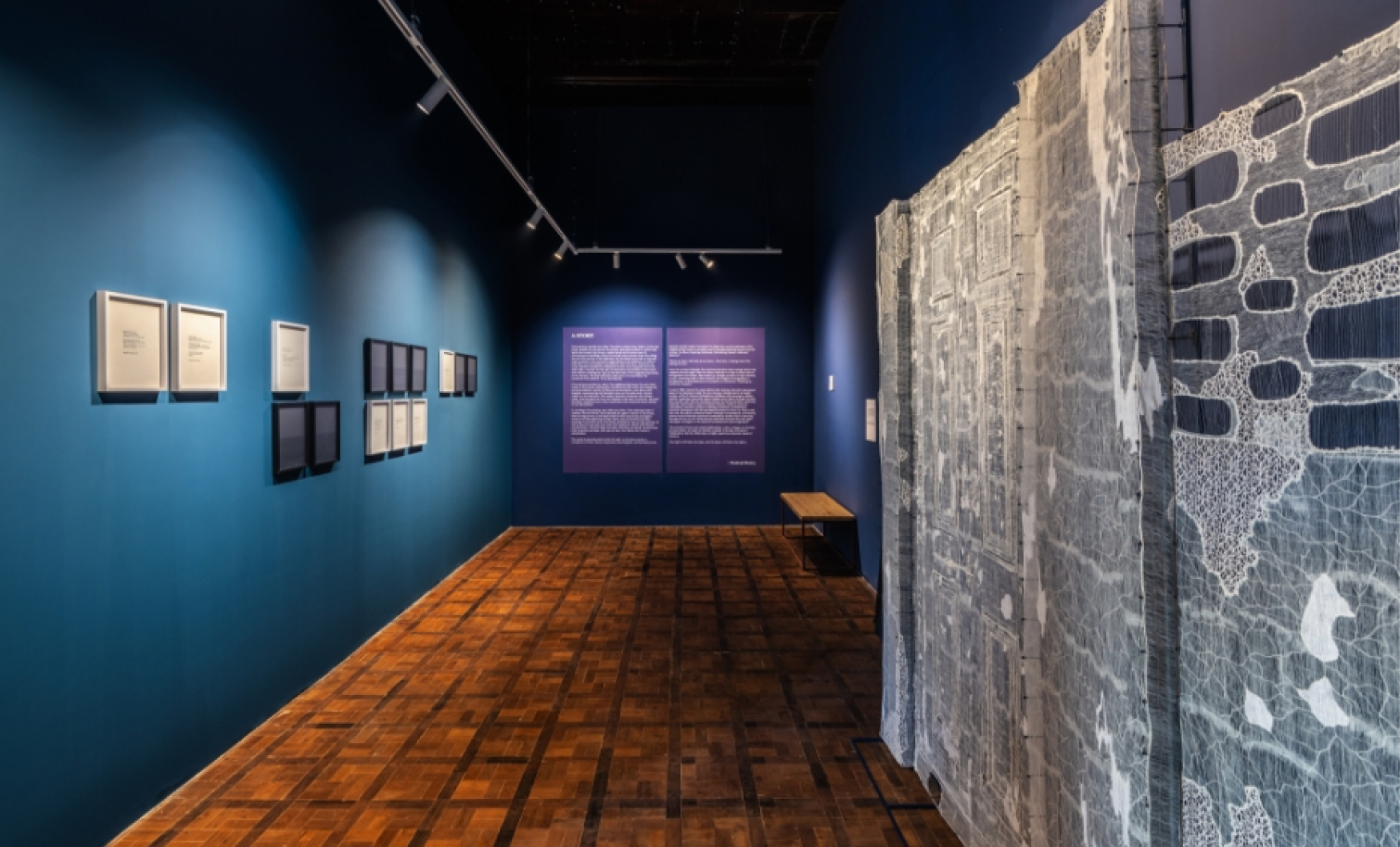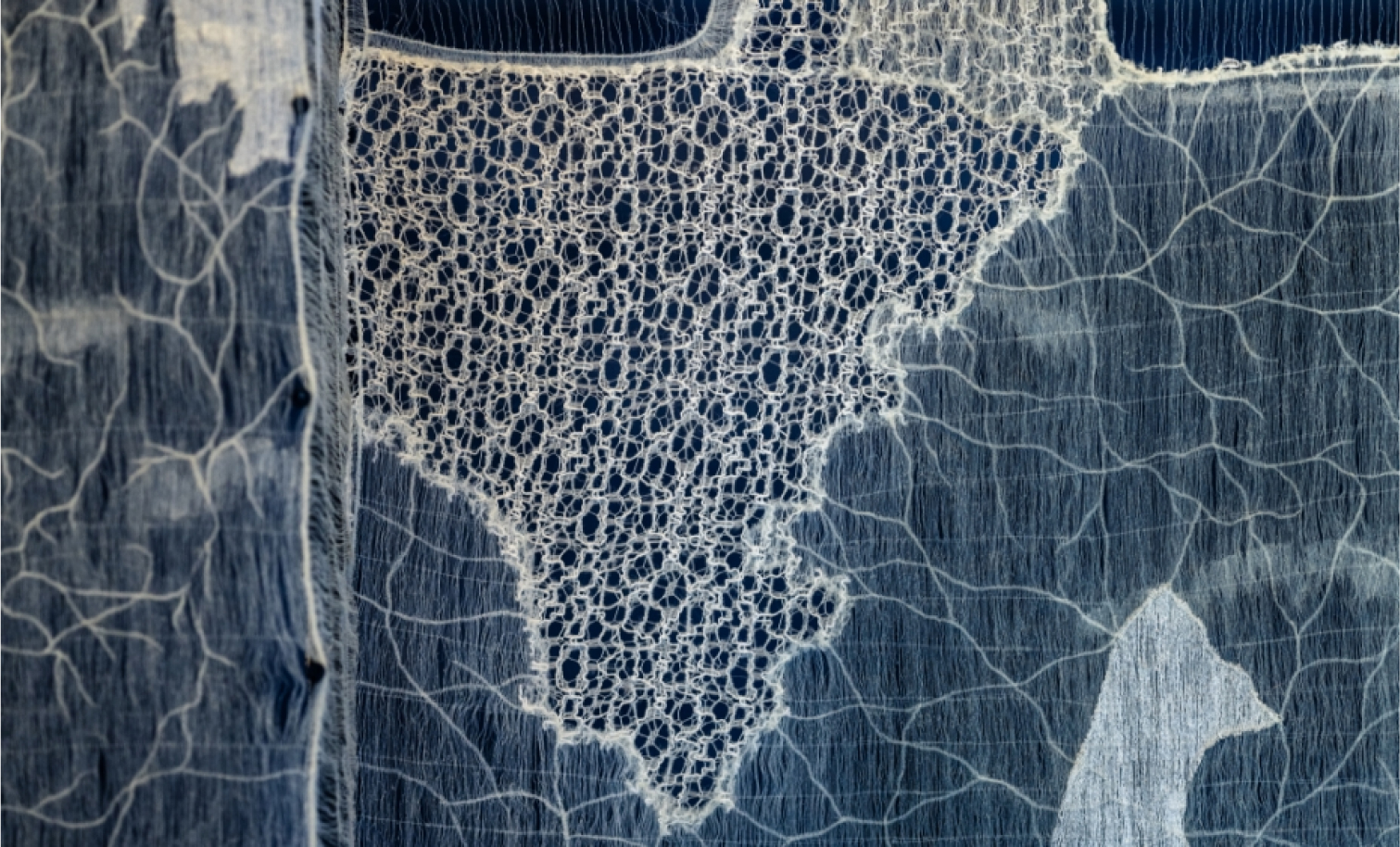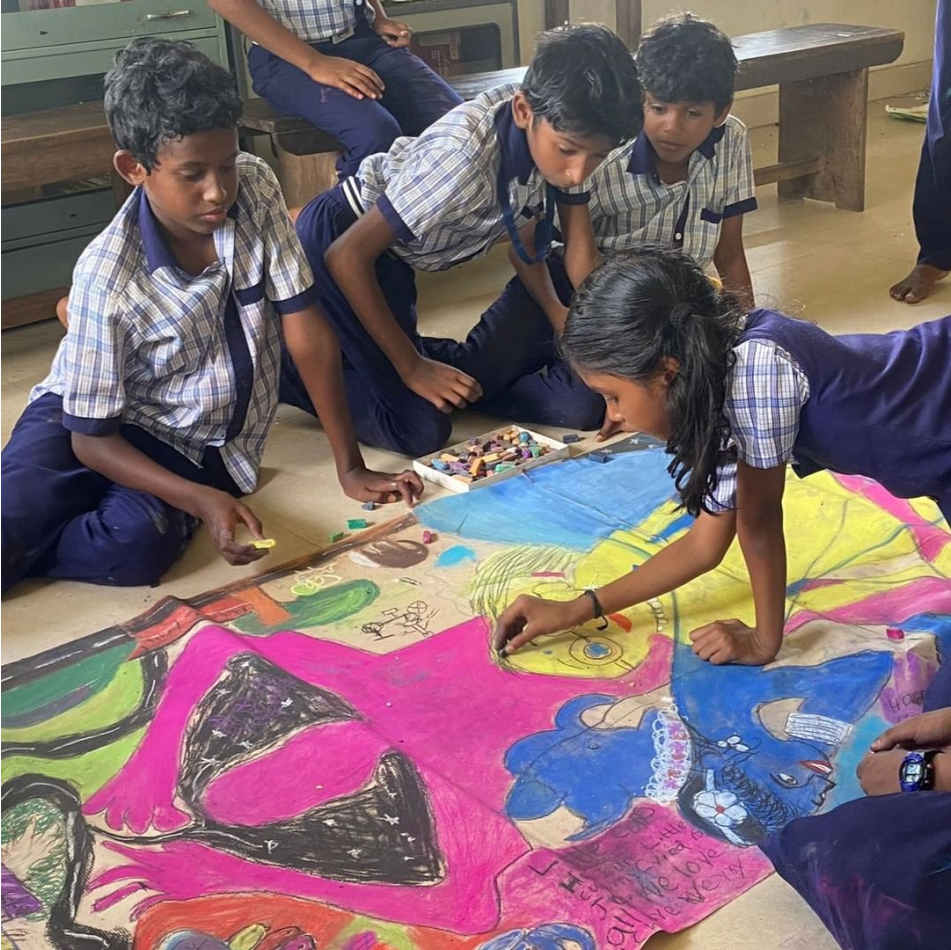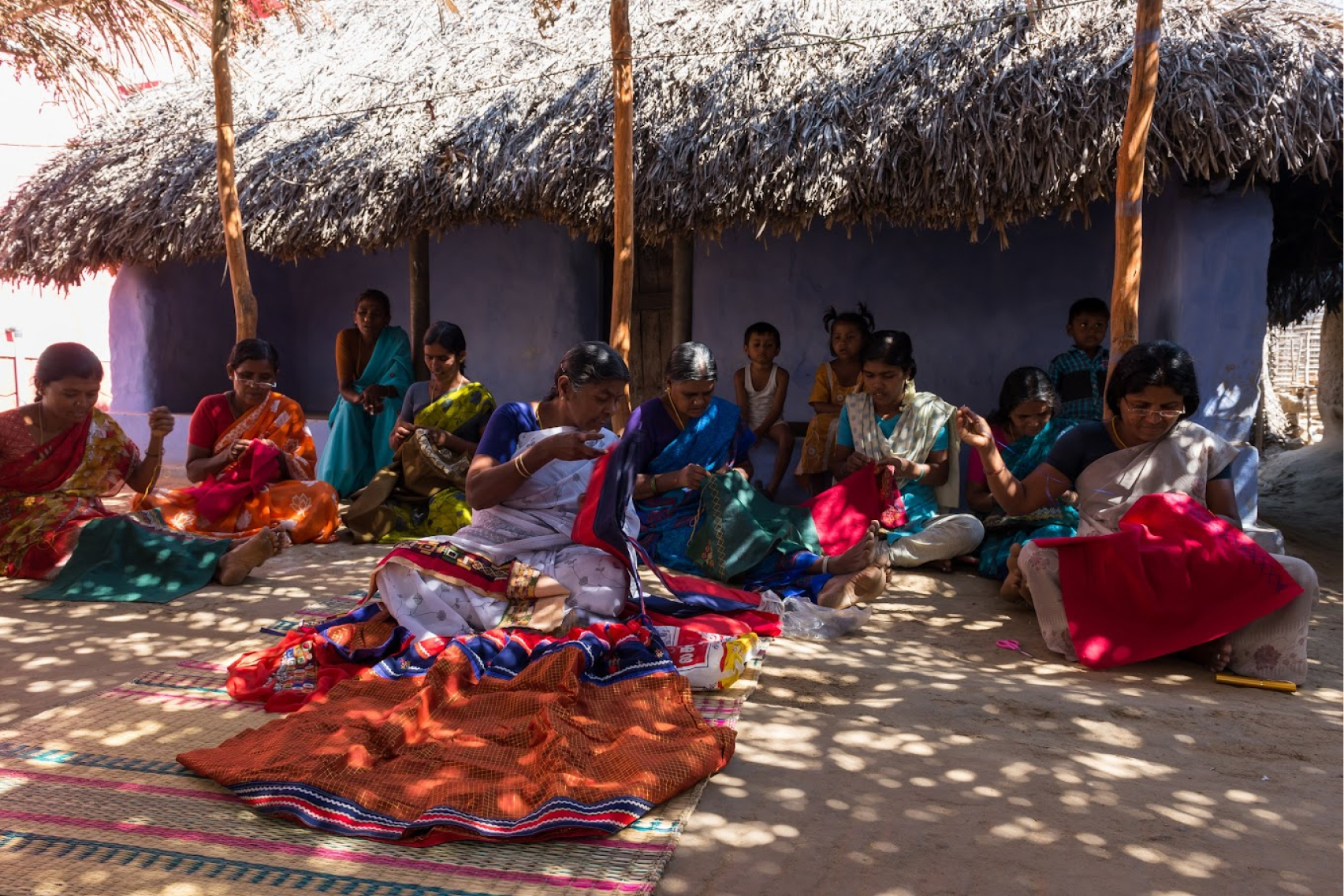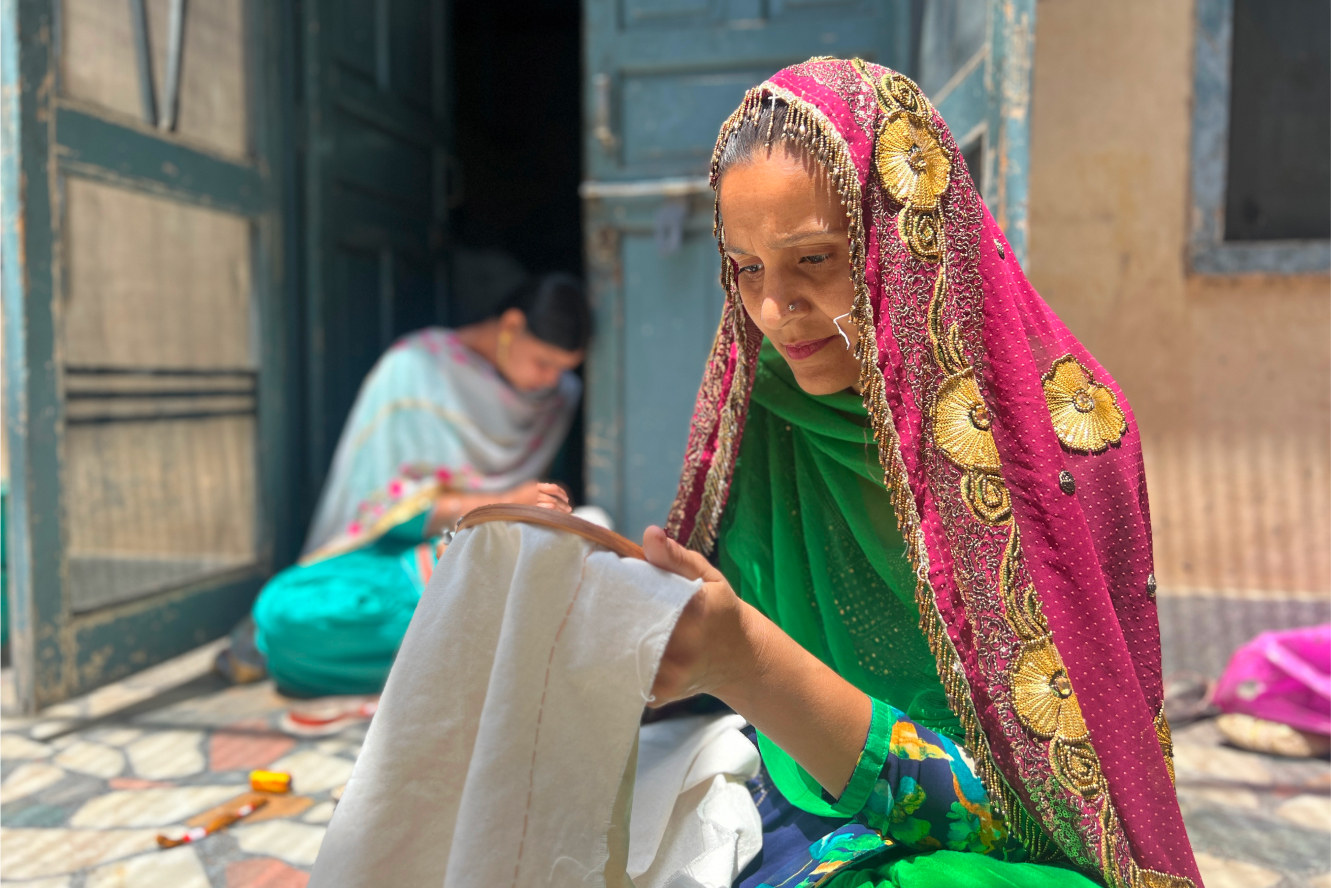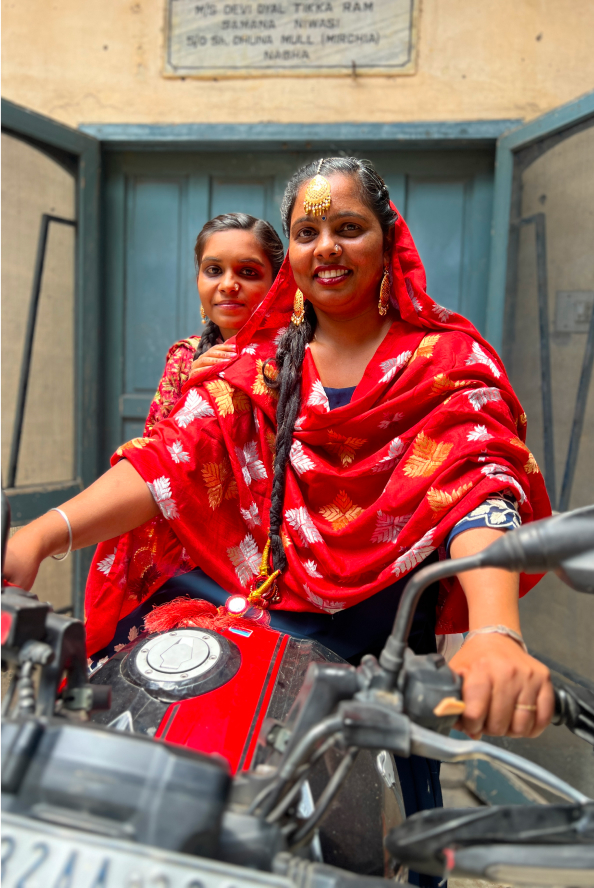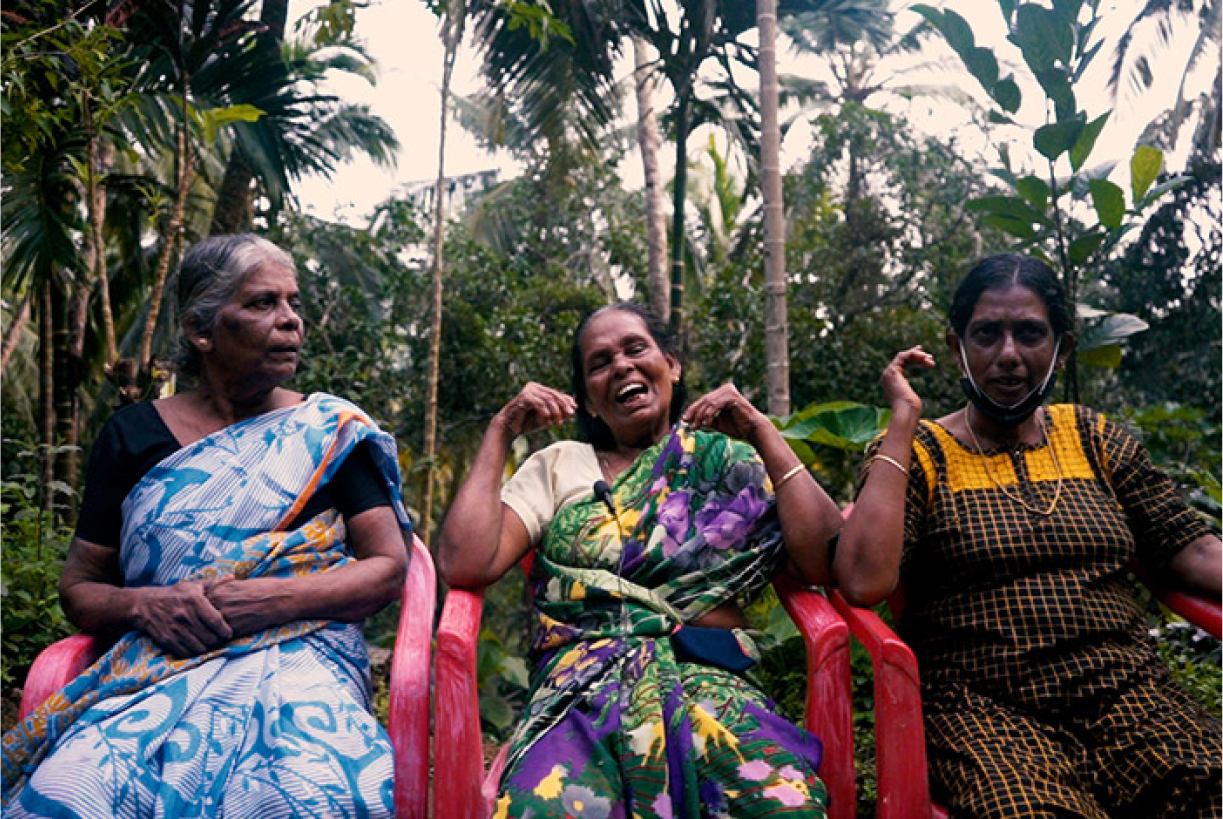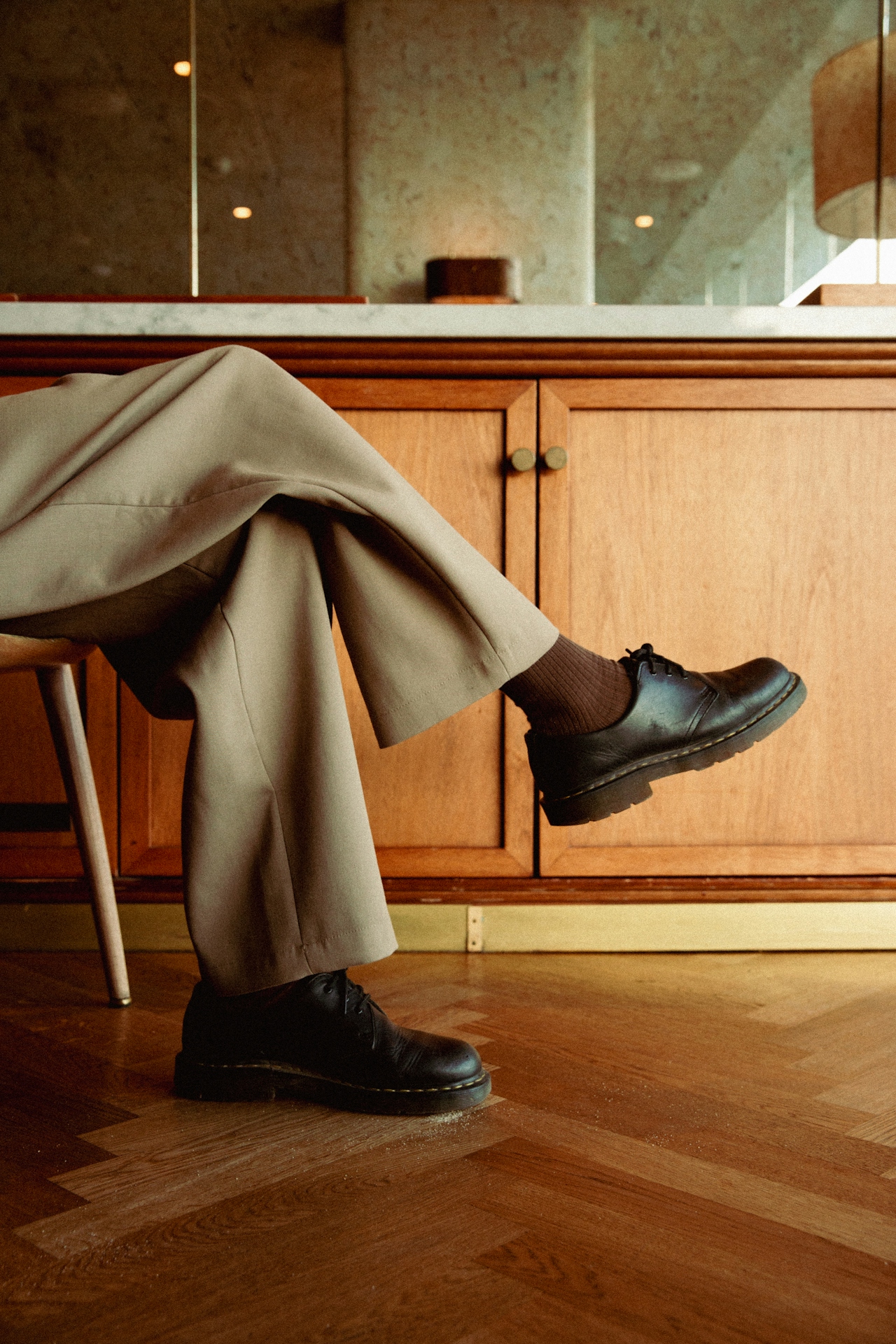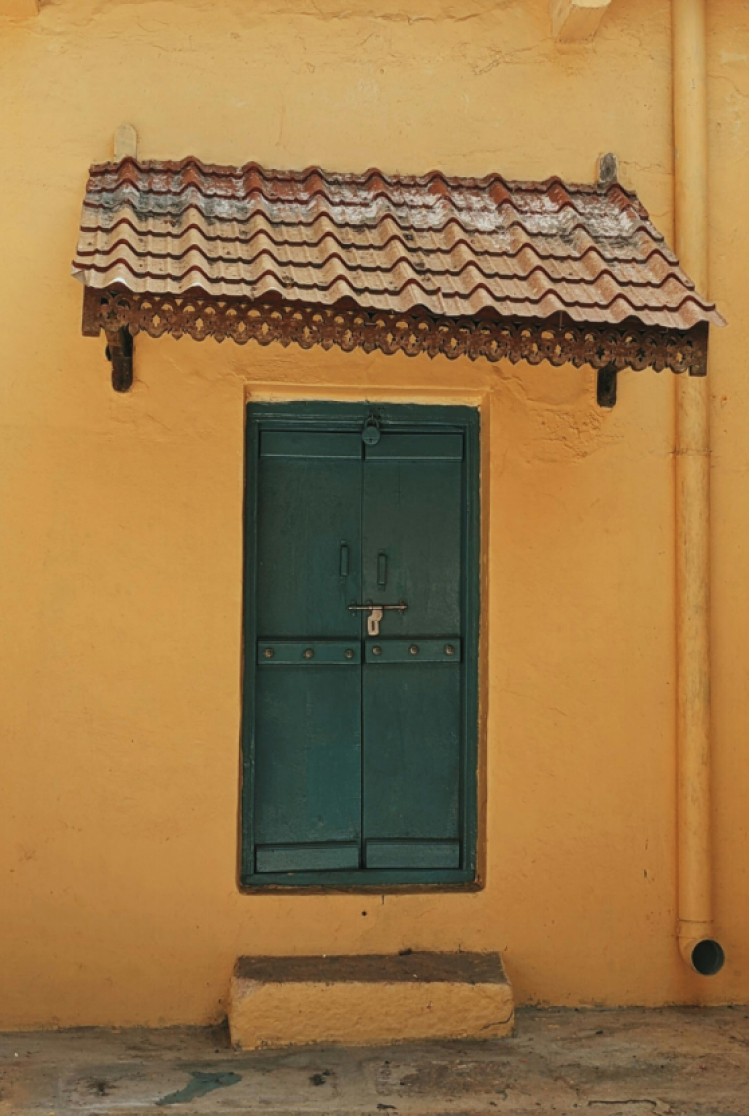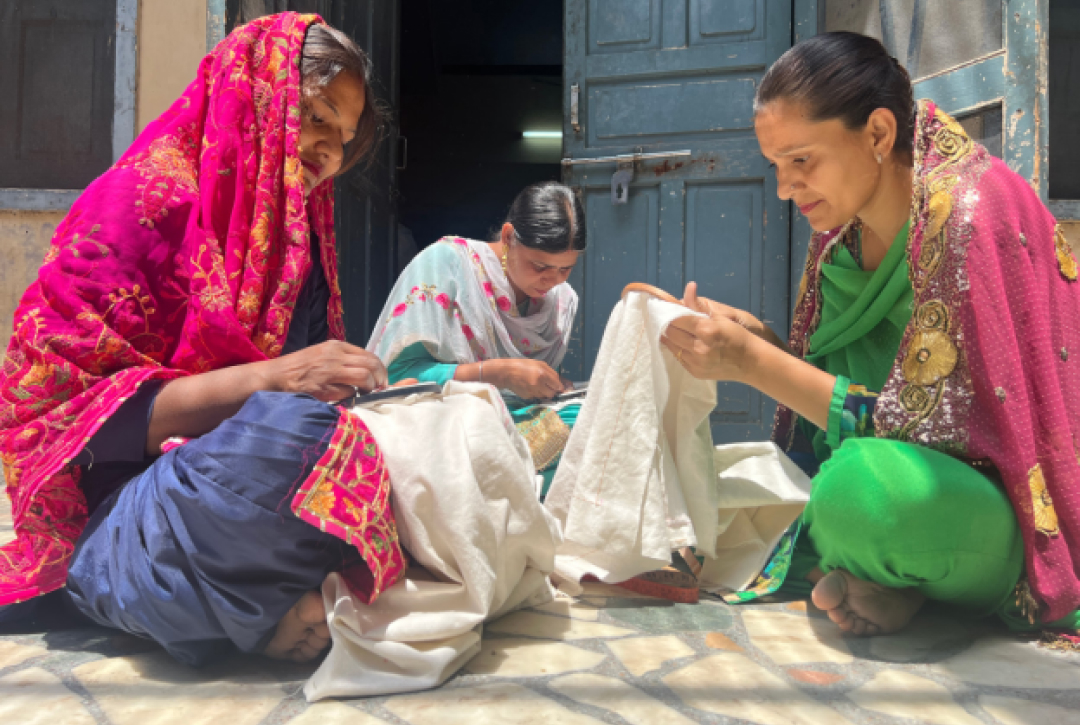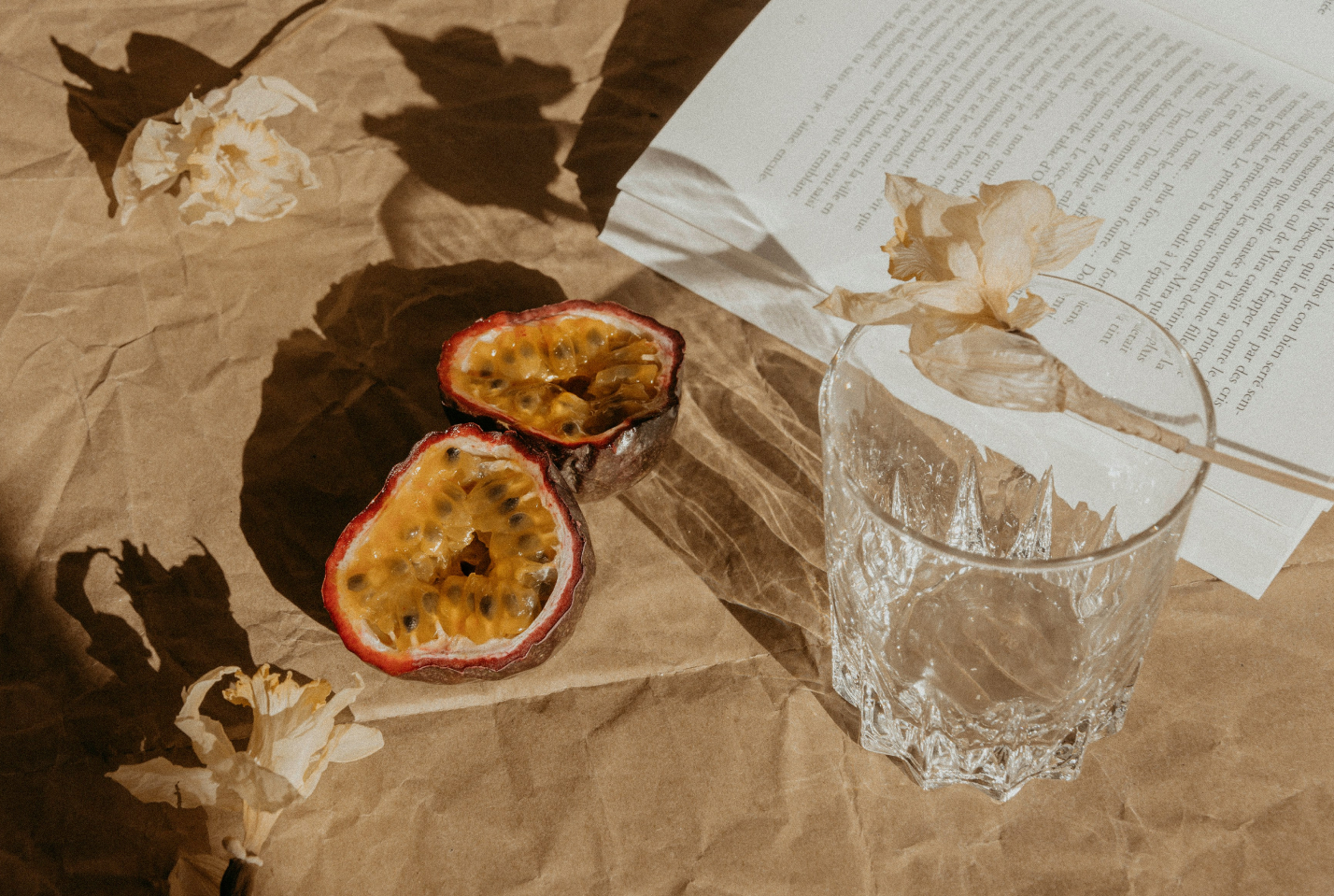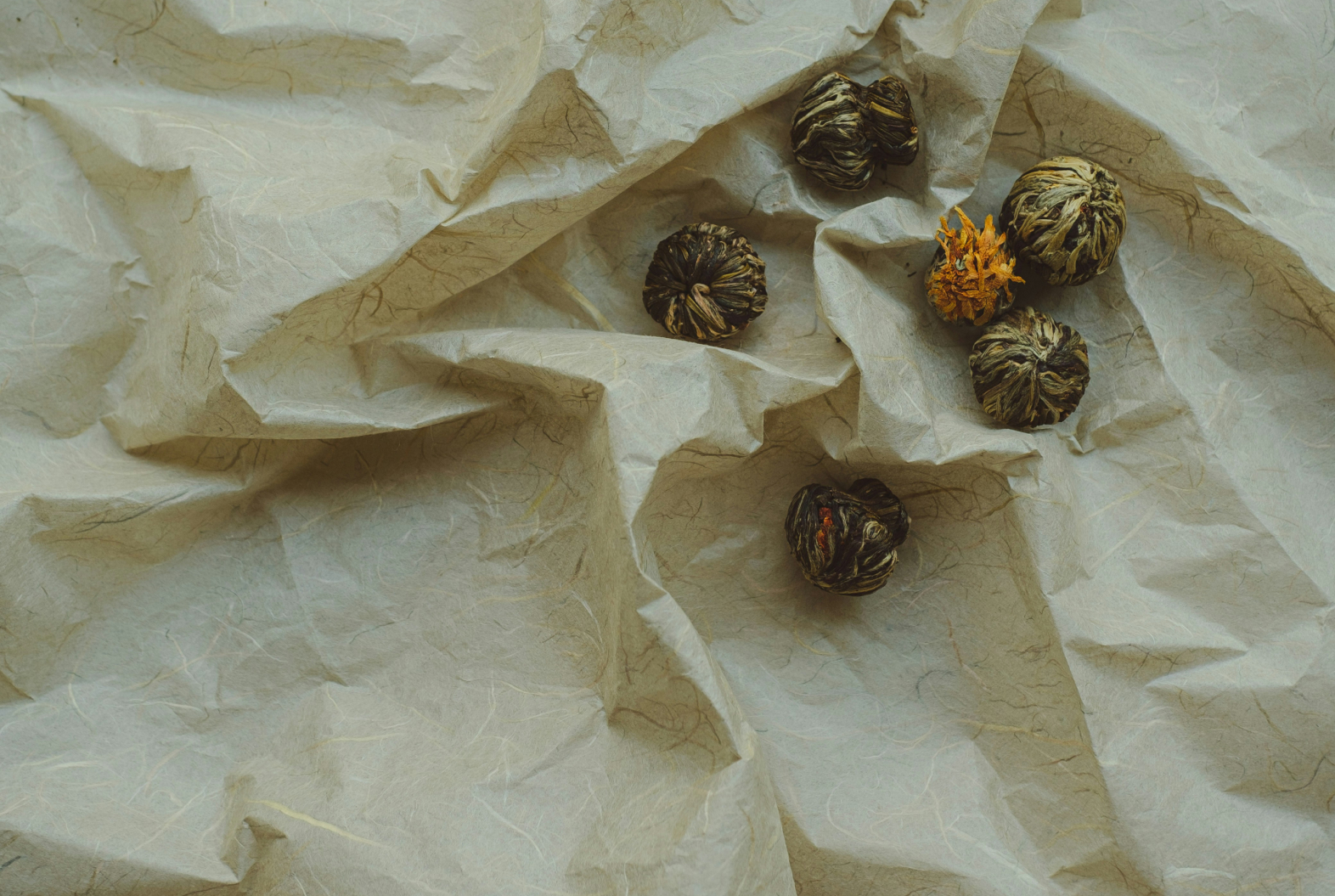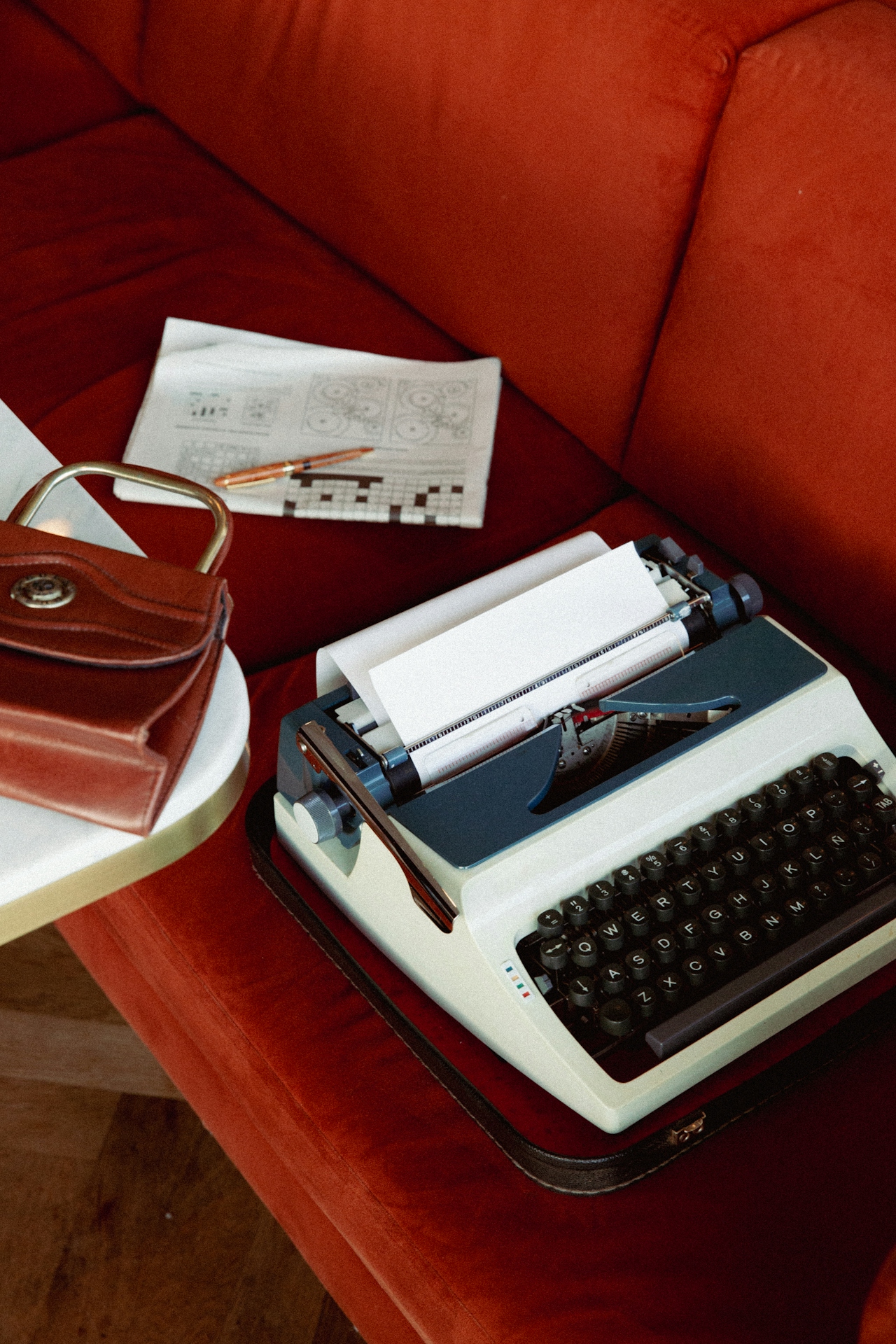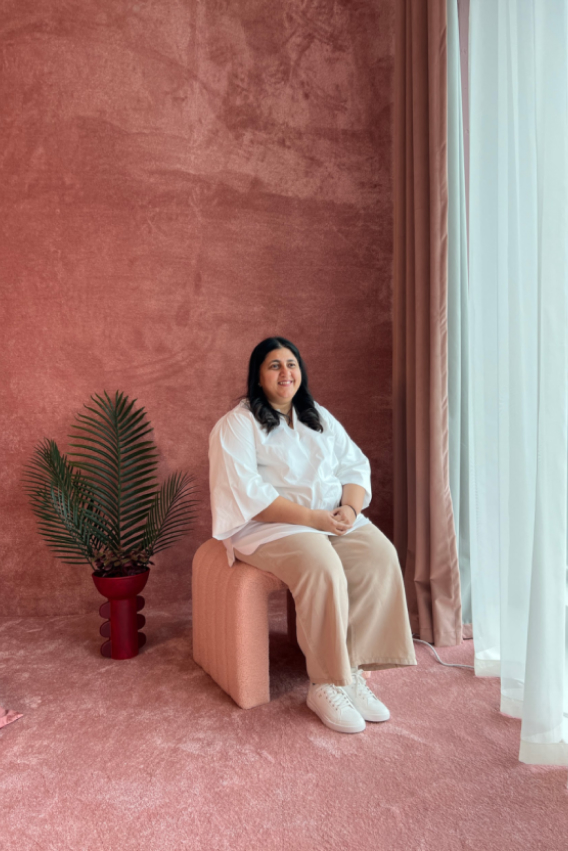The Secret Lives of Everyday Objects: How Culture Shapes Design
Have you ever stopped to think about the objects you use every day? From the intricate patterns on your coffee cup to the design of your chair, every object tells a story. Across the globe, design is shaped by culture, history, and tradition. It reflects who we are, where we come from, and how we connect to the world.
Design as a
Reflection of Culture
Reflection of Culture
Every culture has its own unique design language, reflecting its values, environment, and way of life. In Japan, minimalist design embodies harmony and simplicity, influenced by Zen philosophy. Meanwhile, Moroccan design is a kaleidoscope of vibrant colors and geometric patterns, inspired by Islamic art and craftsmanship. Scandinavian furniture, with its clean lines and practicality, mirrors Nordic ideals of functionality and warmth, or hygge.
In the Middle East, design is deeply rooted in tradition. Objects like the mashrabiya (intricate wooden screens) serve both artistic and practical purposes, providing privacy while allowing light and air to flow freely. Khous (palm frond weaving) is another example, blending functionality with artistry in traditional baskets and mats. These designs aren’t just about aesthetics—they reflect cultural identity and heritage.
The Role of Everyday
Objects in Identity
Objects in Identity
Objects often serve as carriers of culture and symbols of identity. Consider the dallah, the traditional Arabic coffee pot. Beyond its functional purpose, it symbolizes hospitality and connection in the Middle East. Similarly, Indian saris and African kente cloths tell stories of tradition, status, and craftsmanship, passed down through generations.
In today’s globalized world, these objects take on new significance. They become bridges to the past, sources of pride, and inspiration for contemporary design. Designers are increasingly looking to traditional crafts and materials to create pieces that honor their origins while appealing to modern audiences.
Keeping Tradition Alive
in Modern Design
in Modern Design
Across the globe, designers are blending tradition and innovation. Emirati artists, for instance, are reimagining khous weaving in furniture and accessories, bringing this ancient craft into contemporary homes. Global luxury brands often incorporate traditional patterns and materials into their collections, sparking conversations about cultural appreciation and appropriation.
The objects we interact with daily are more than functional items; they’re pieces of history, art, and identity. At QissaGoi, we invite you to join us in celebrating the untold stories of design. Sign up for updates and be the first to experience The Collective, where tradition meets innovation, and creativity knows no bounds.
Let’s uncover the hidden narratives in everyday objects—because sometimes, the smallest things hold the biggest stories.

